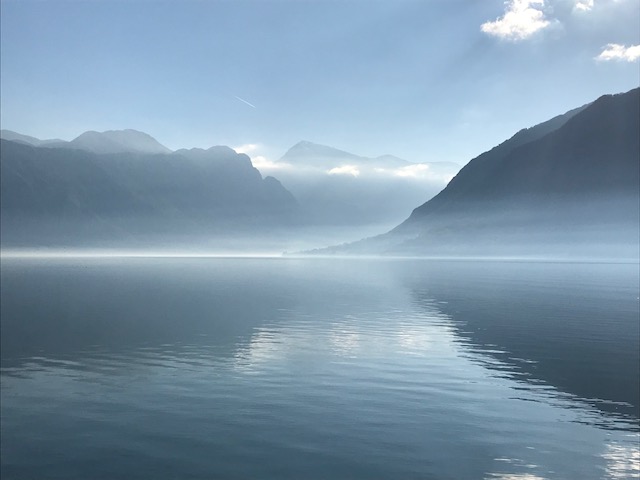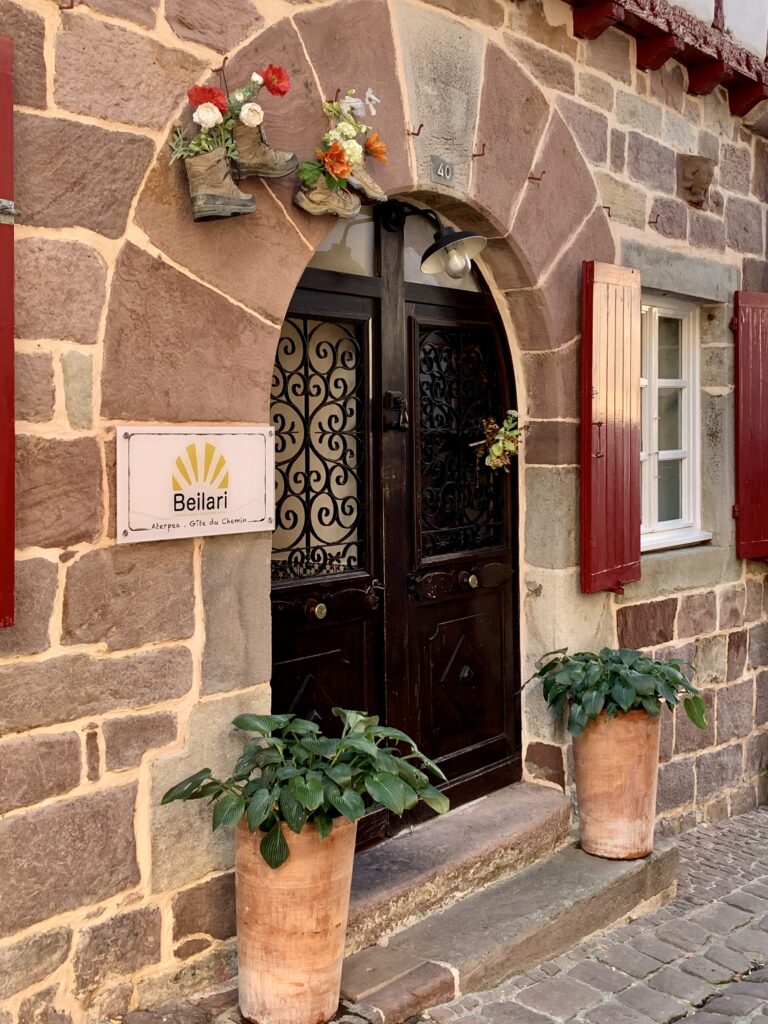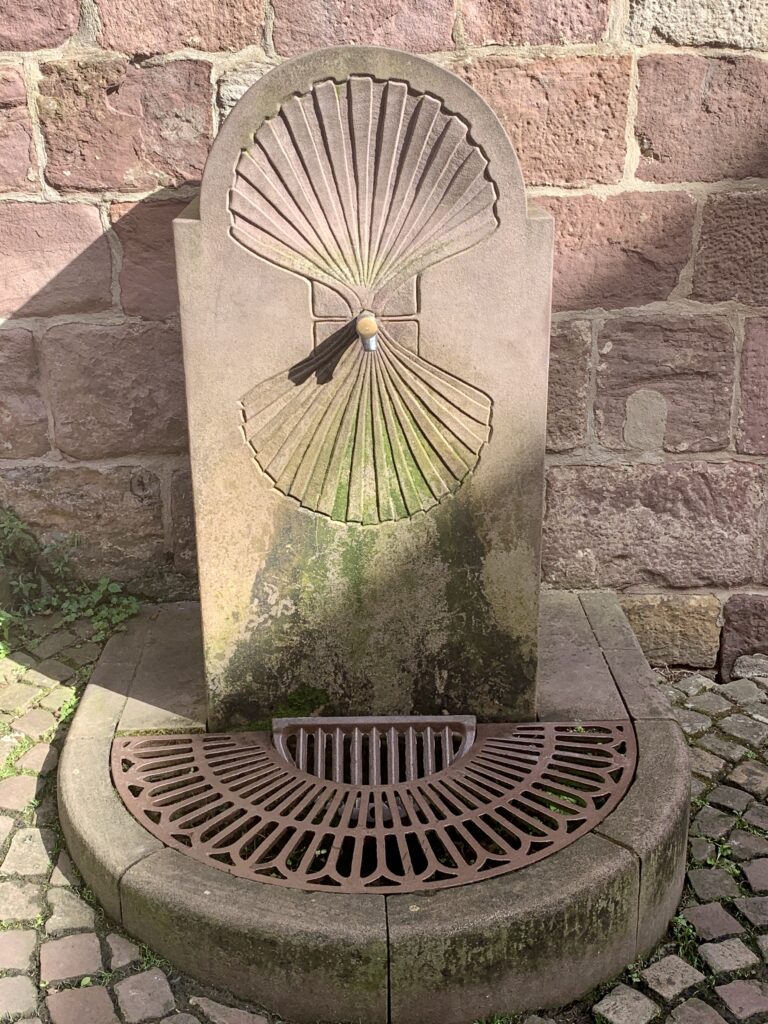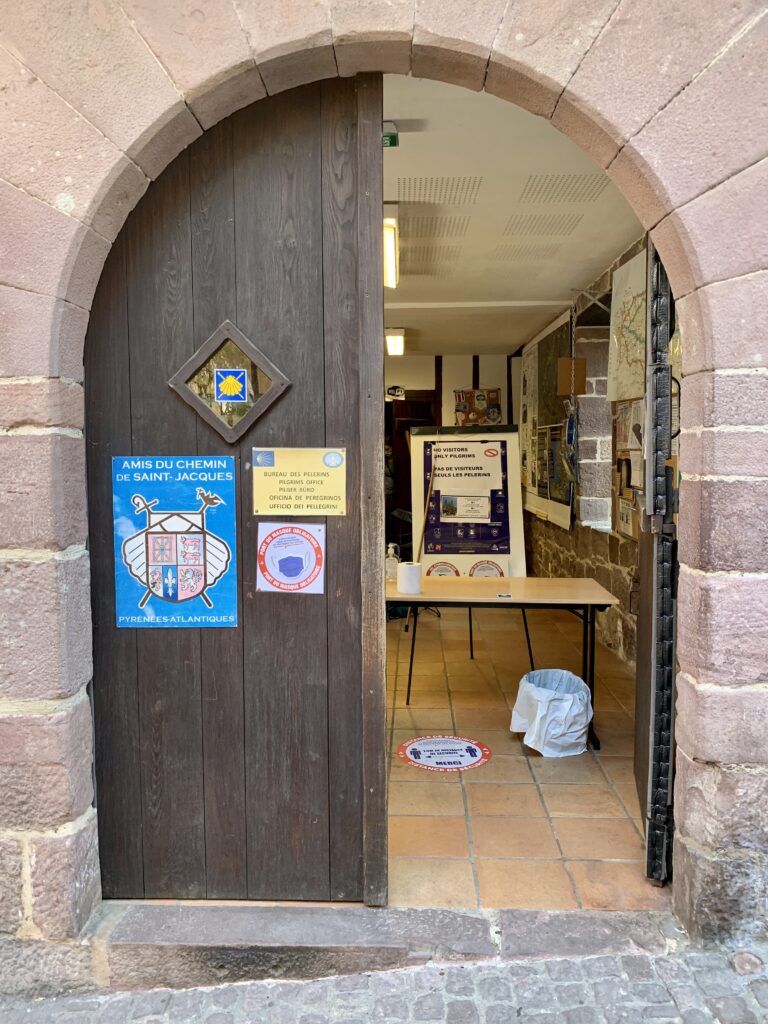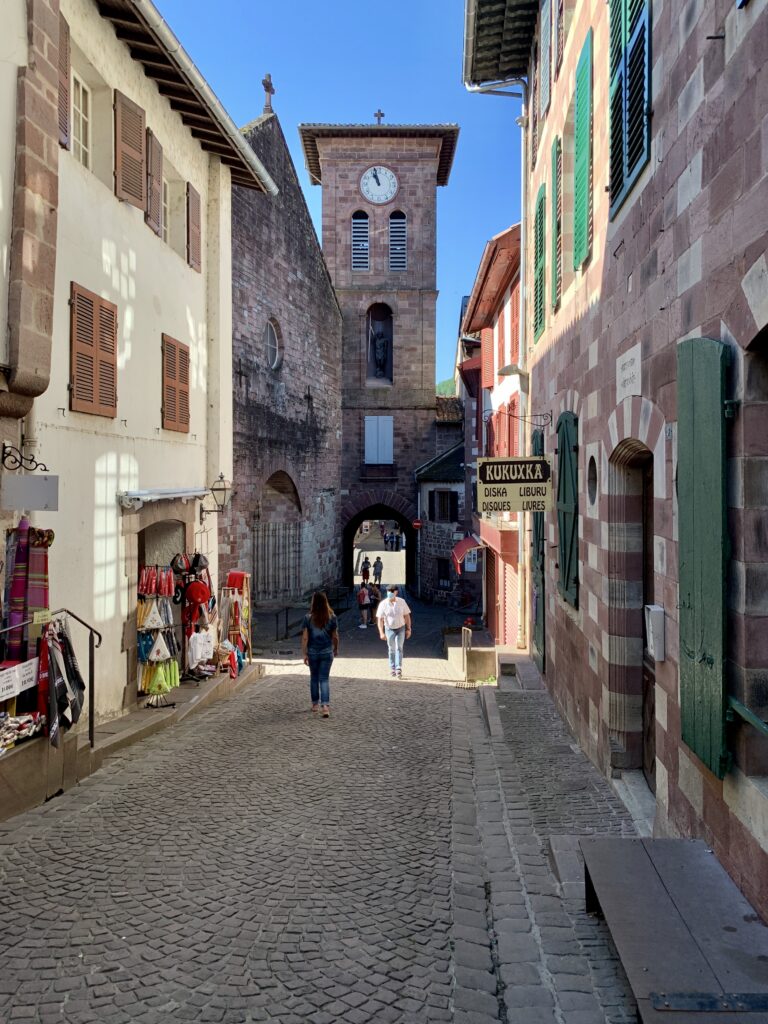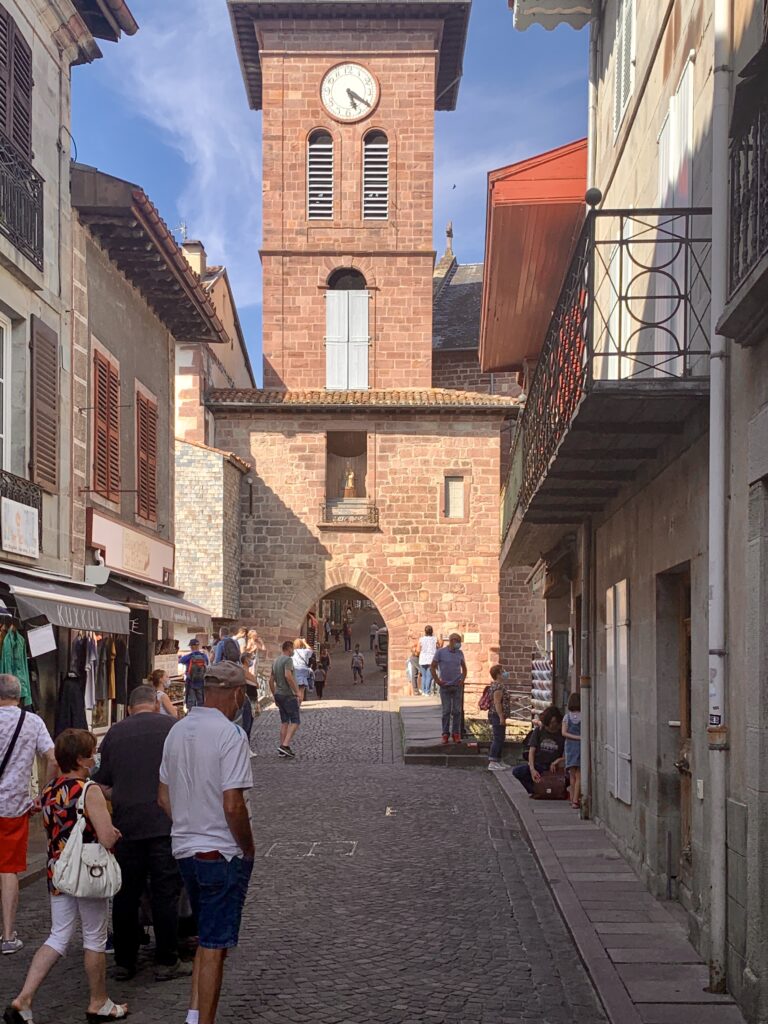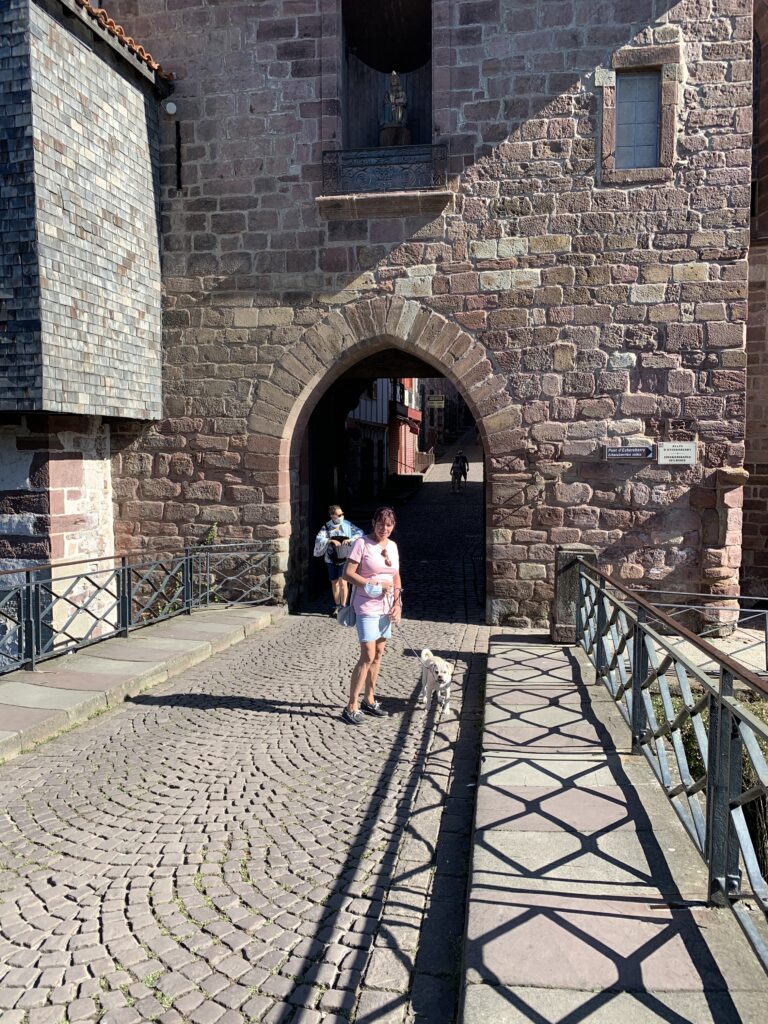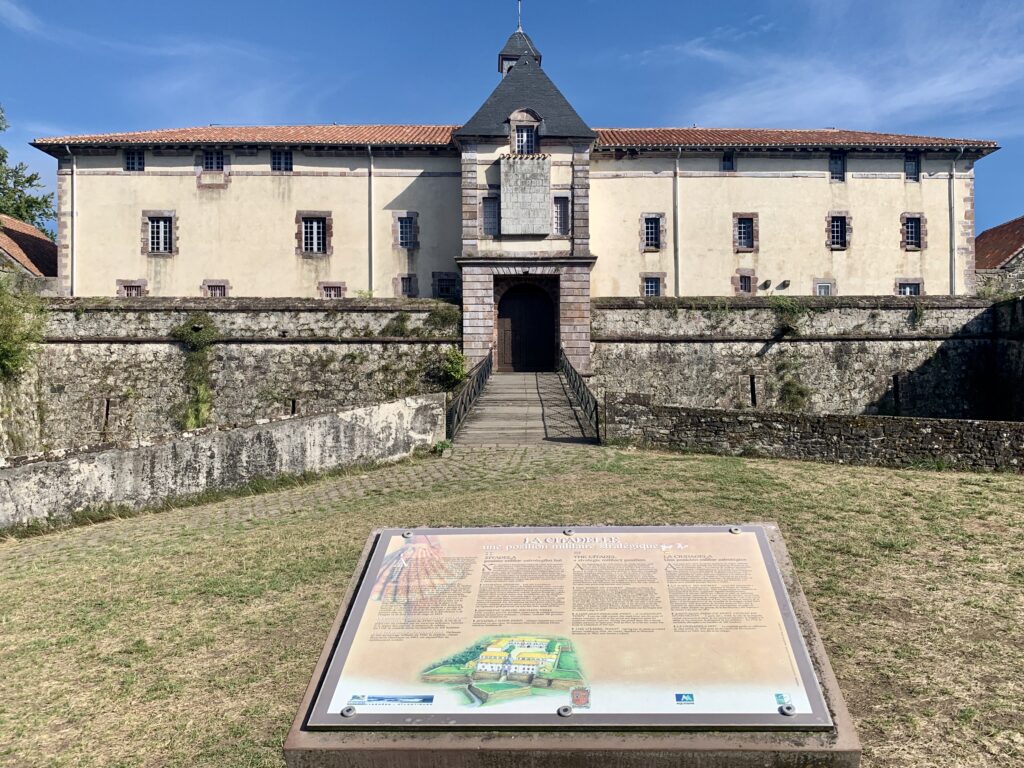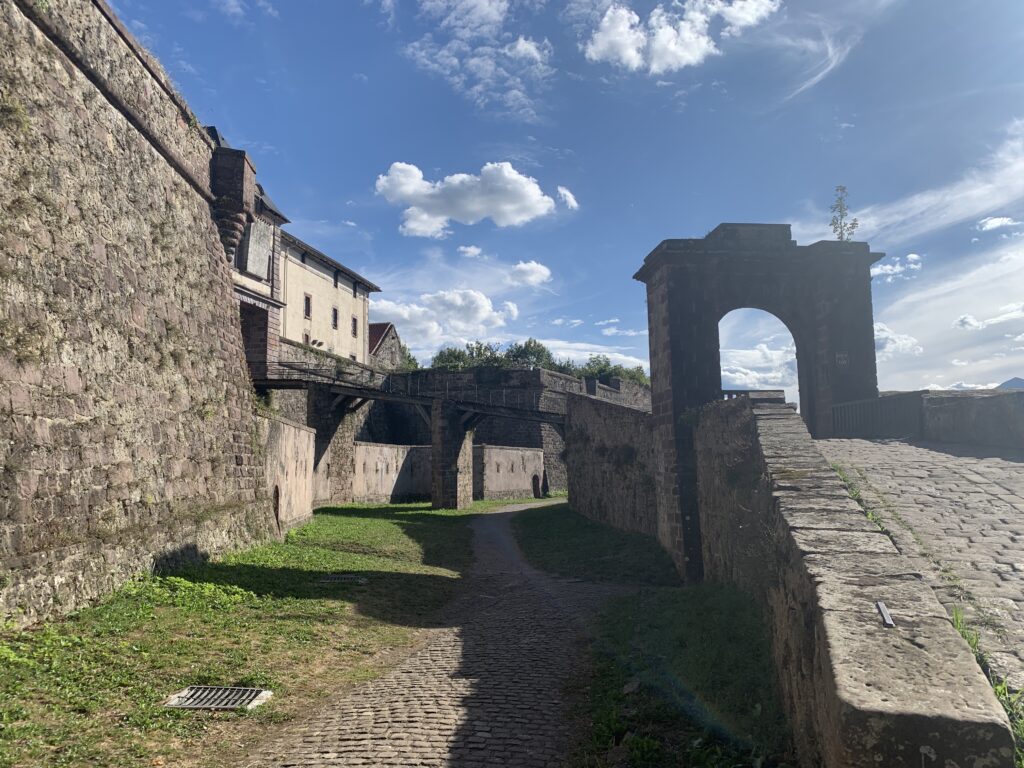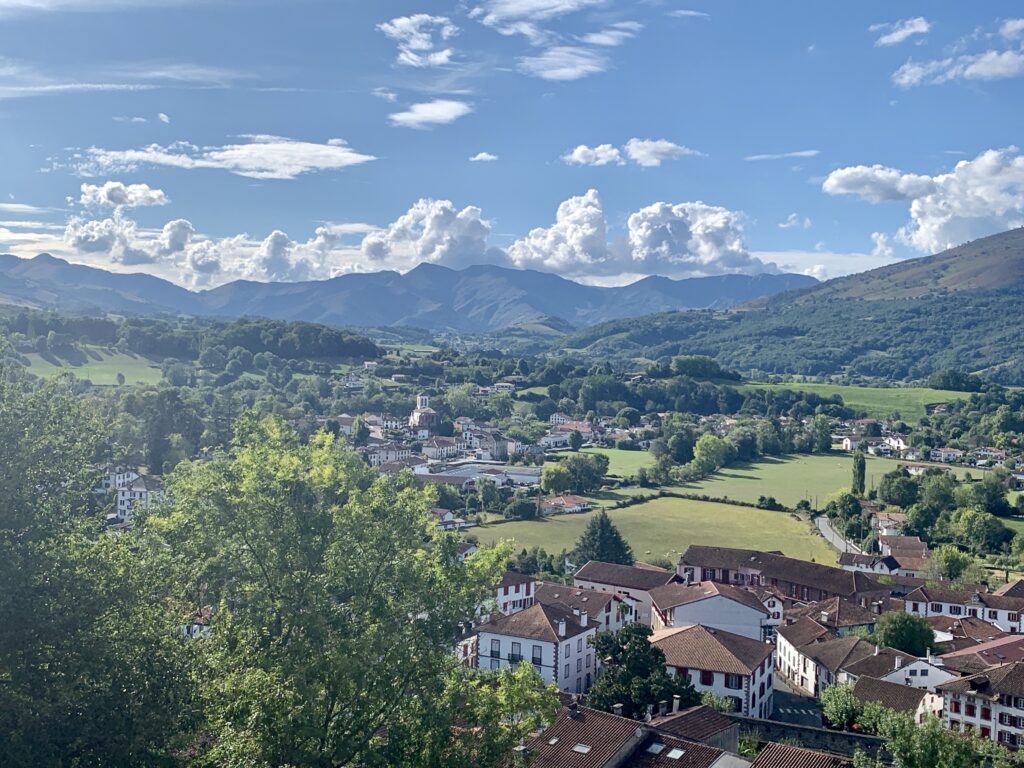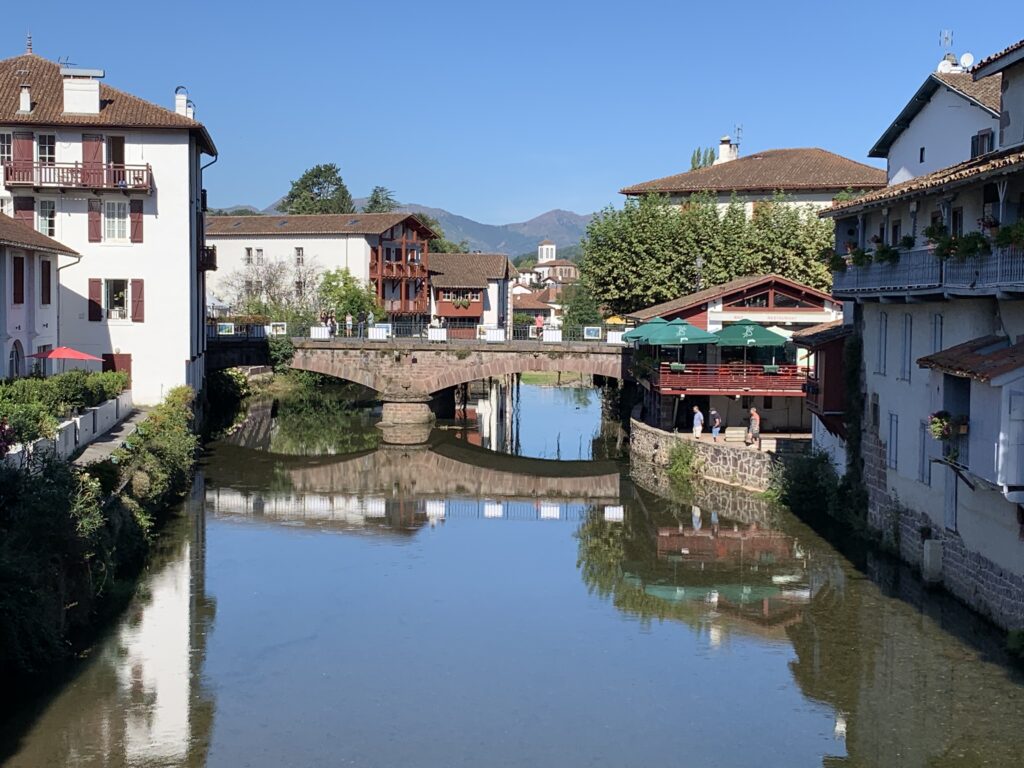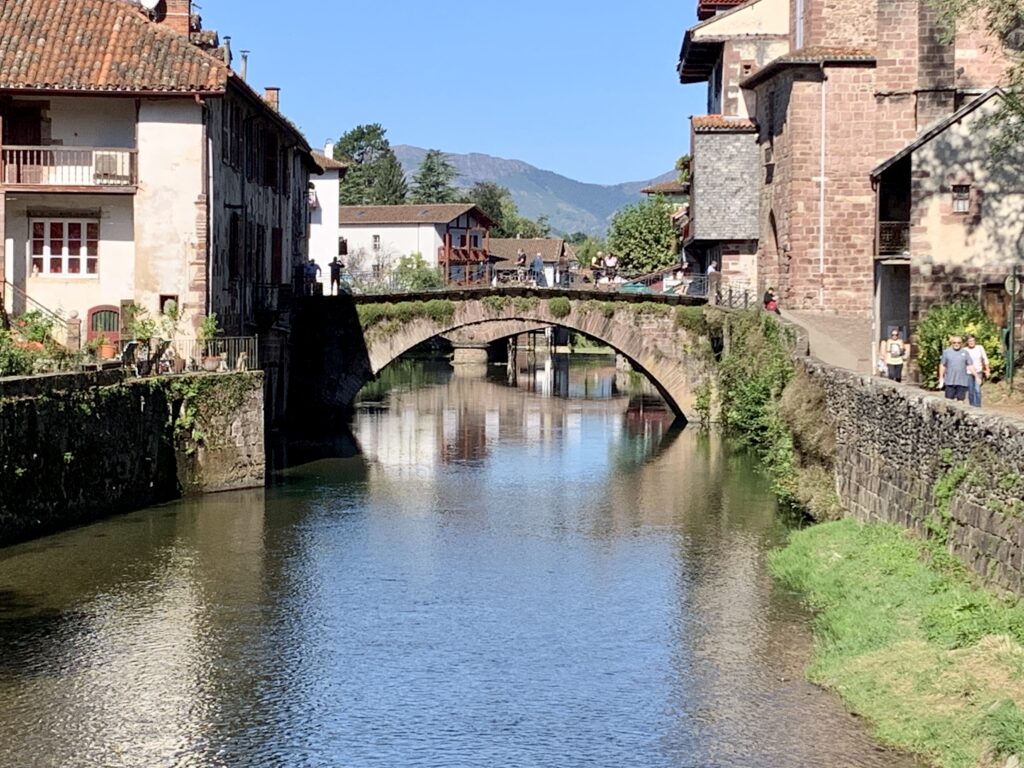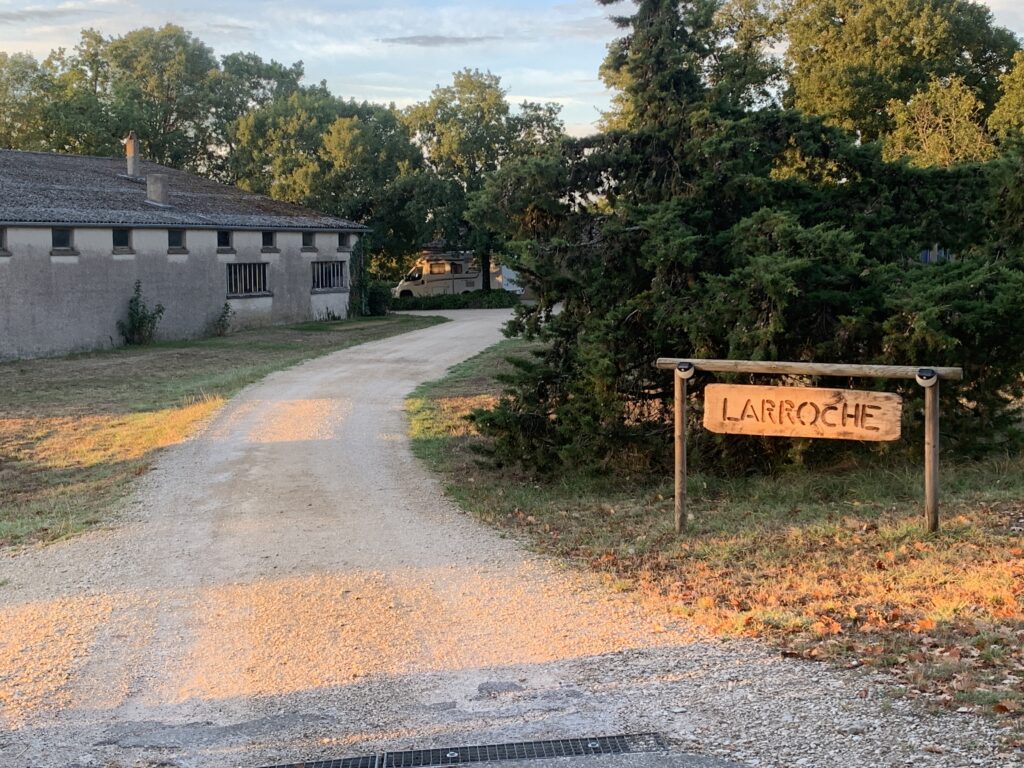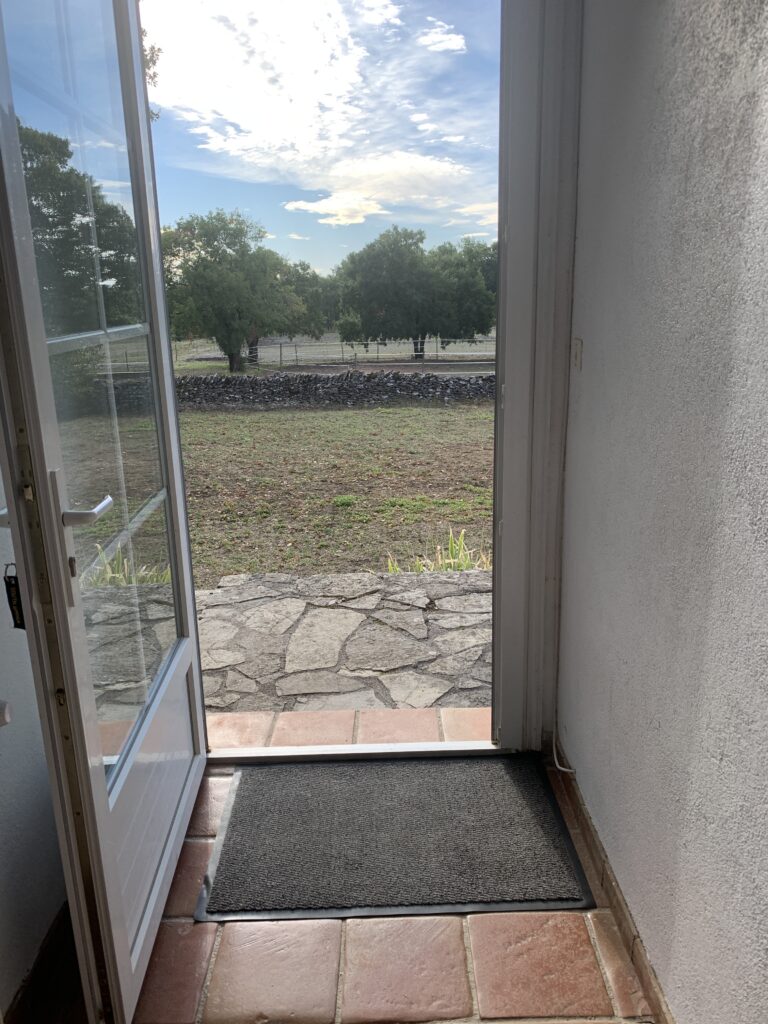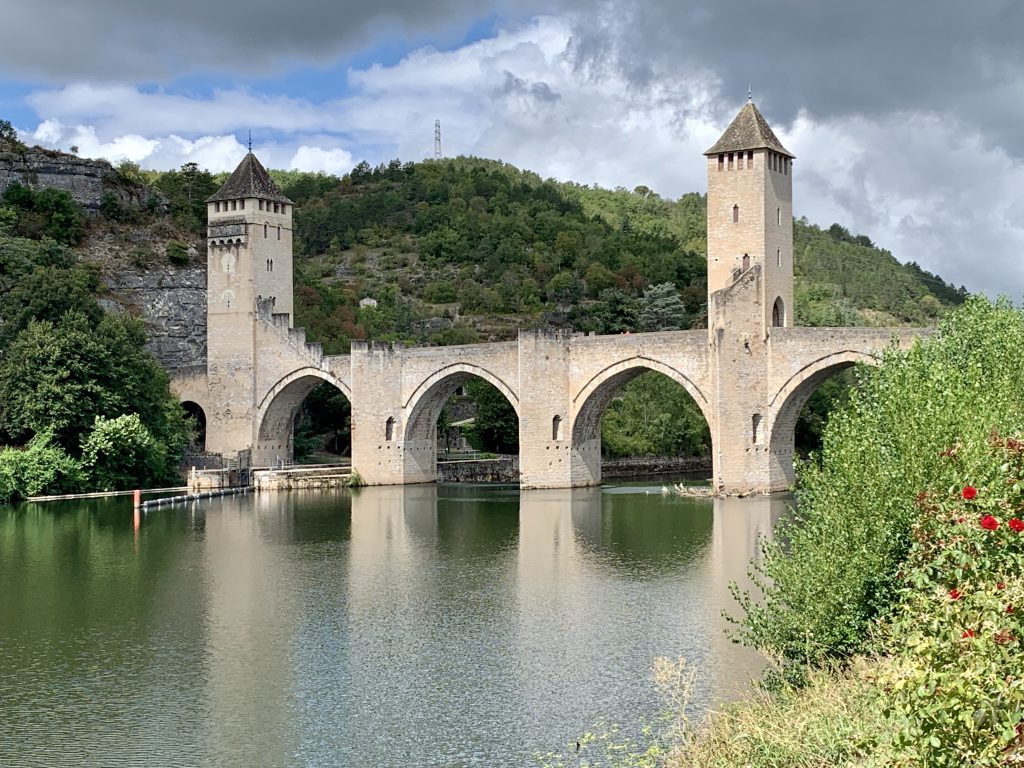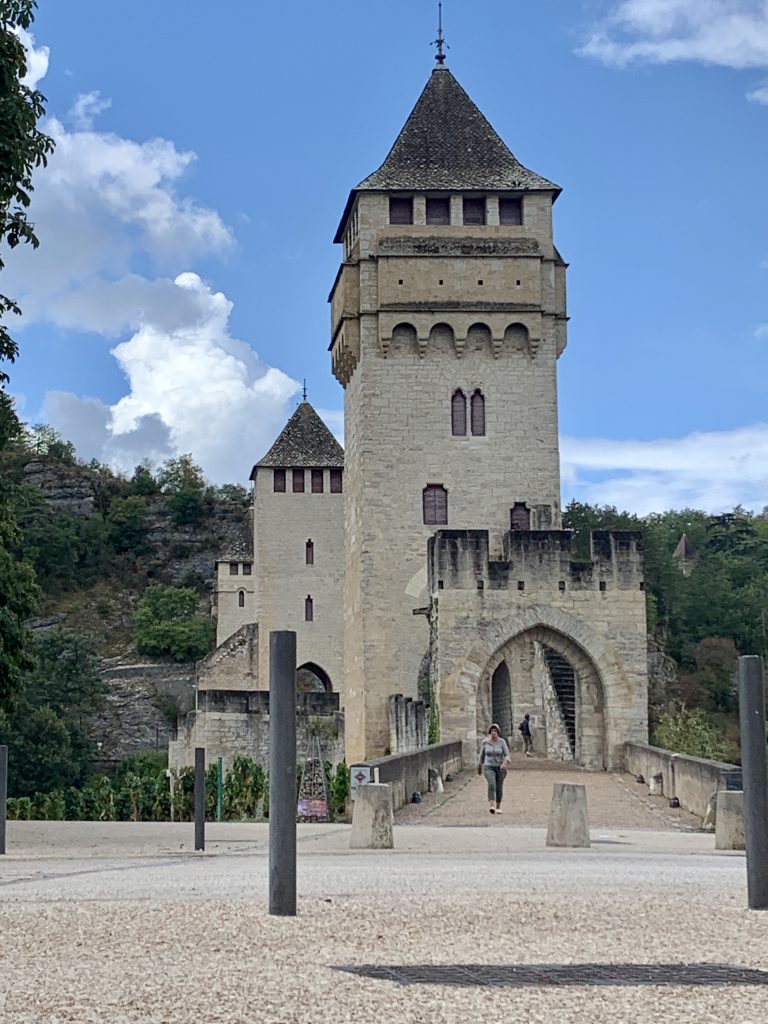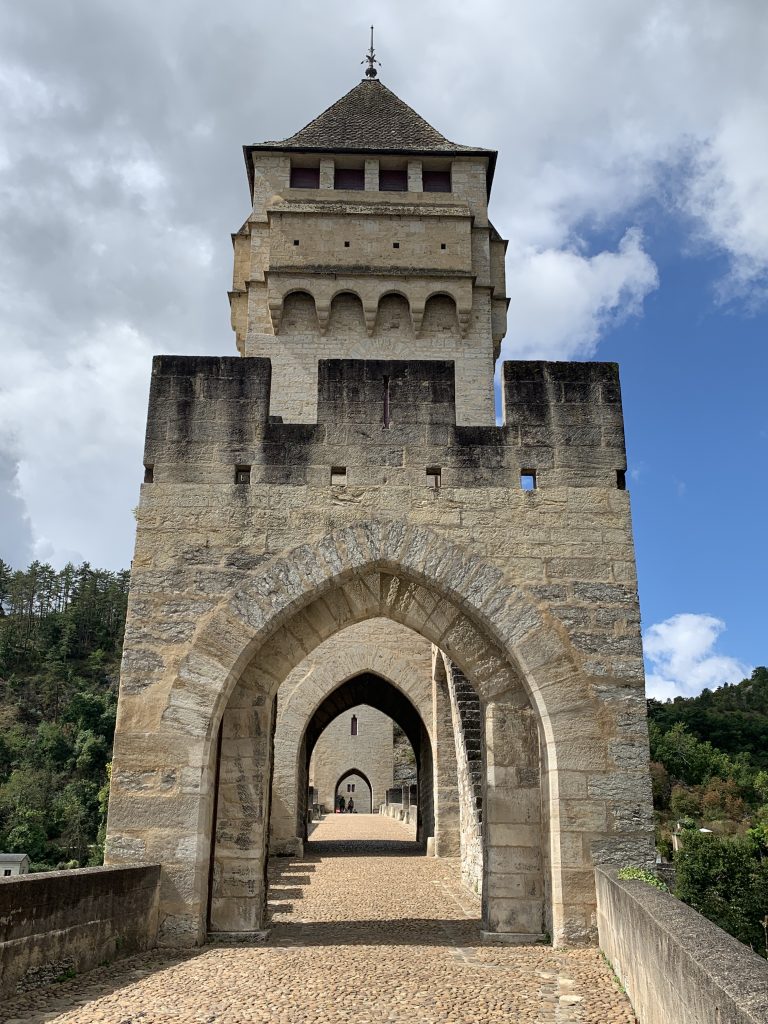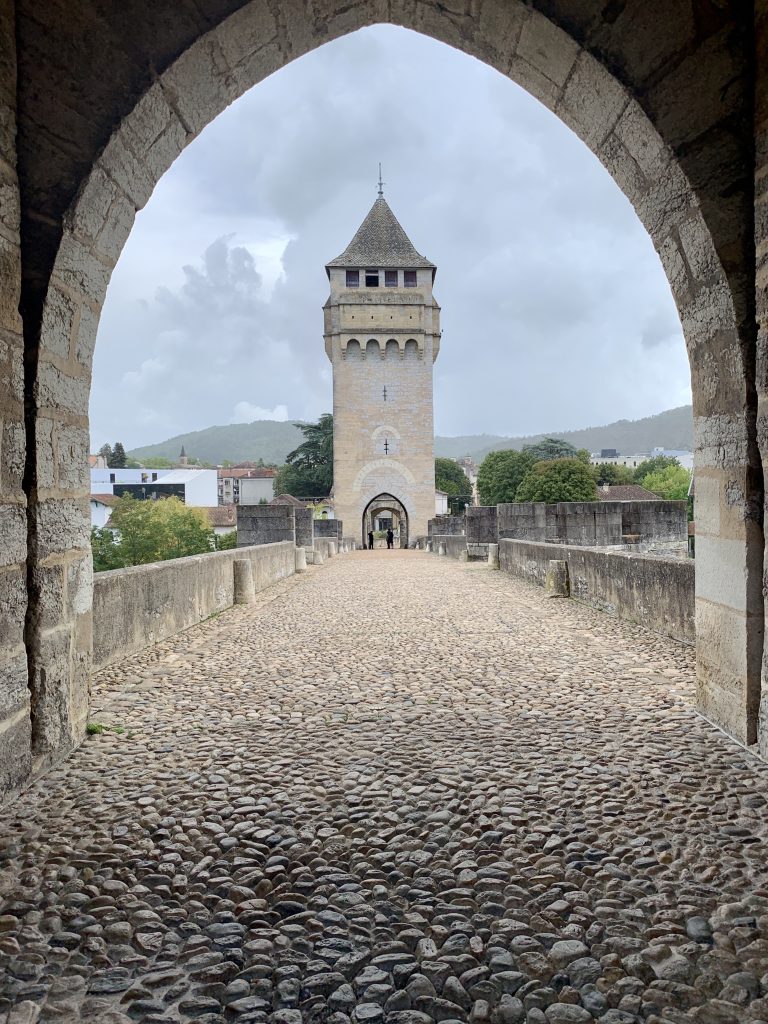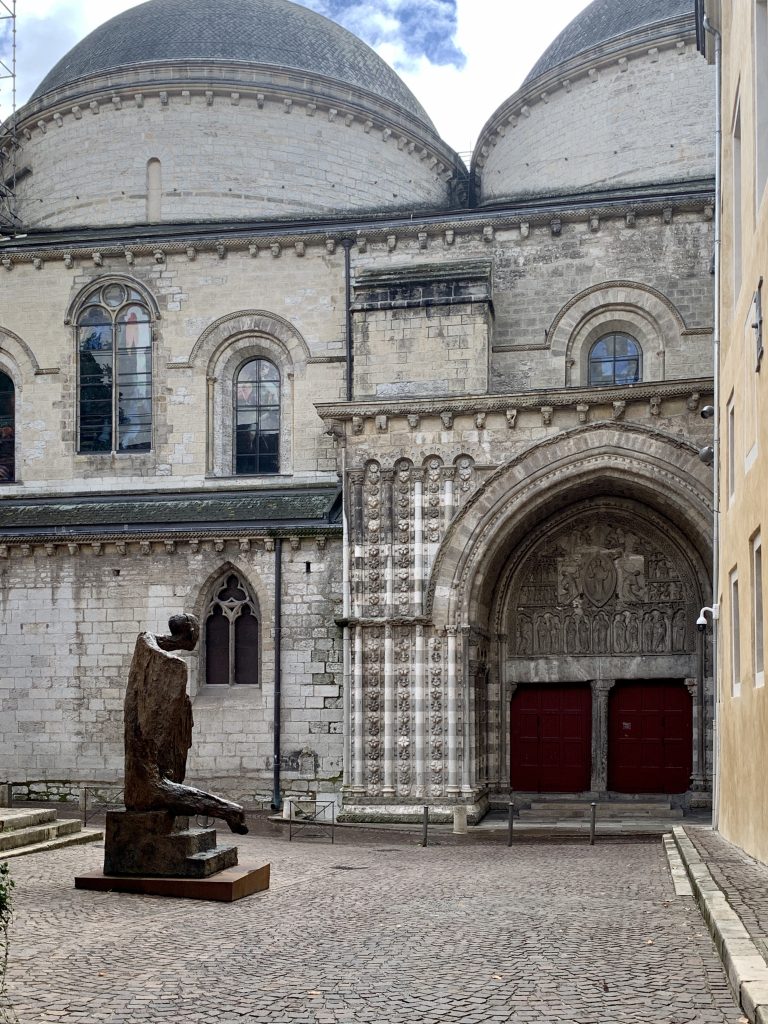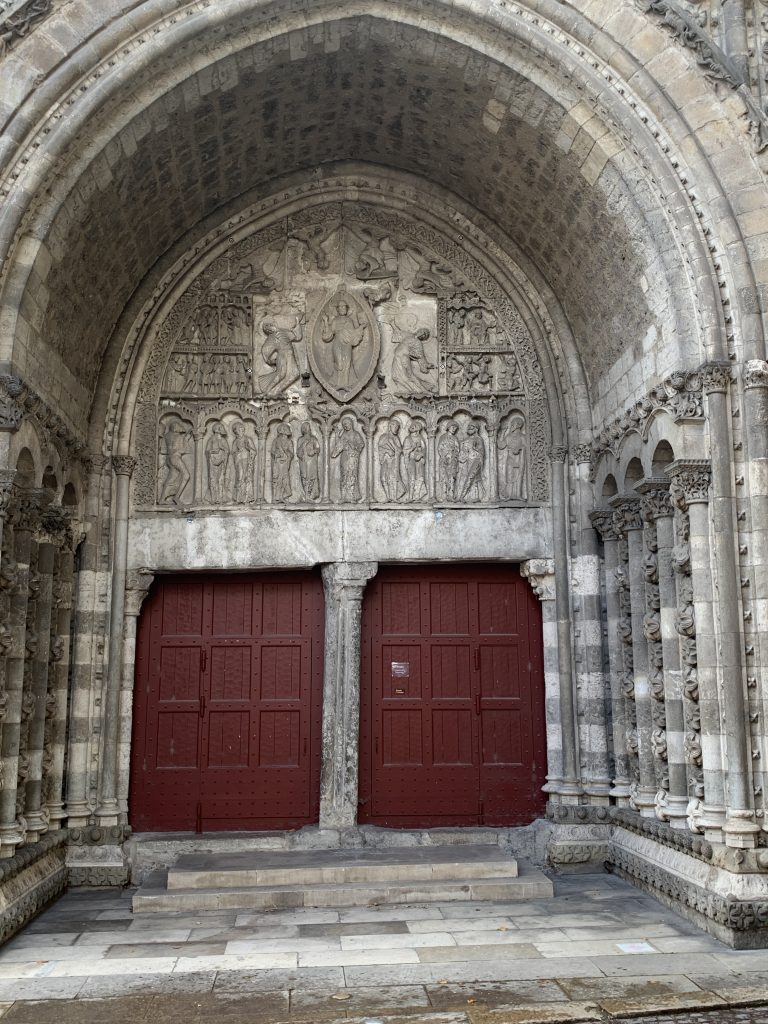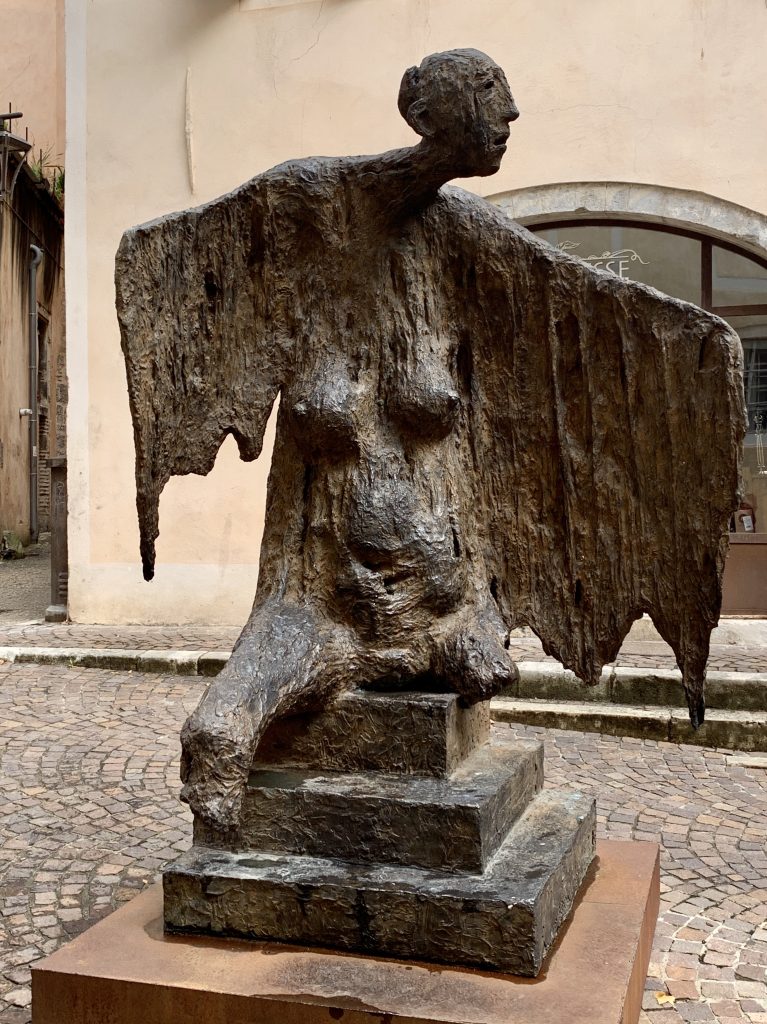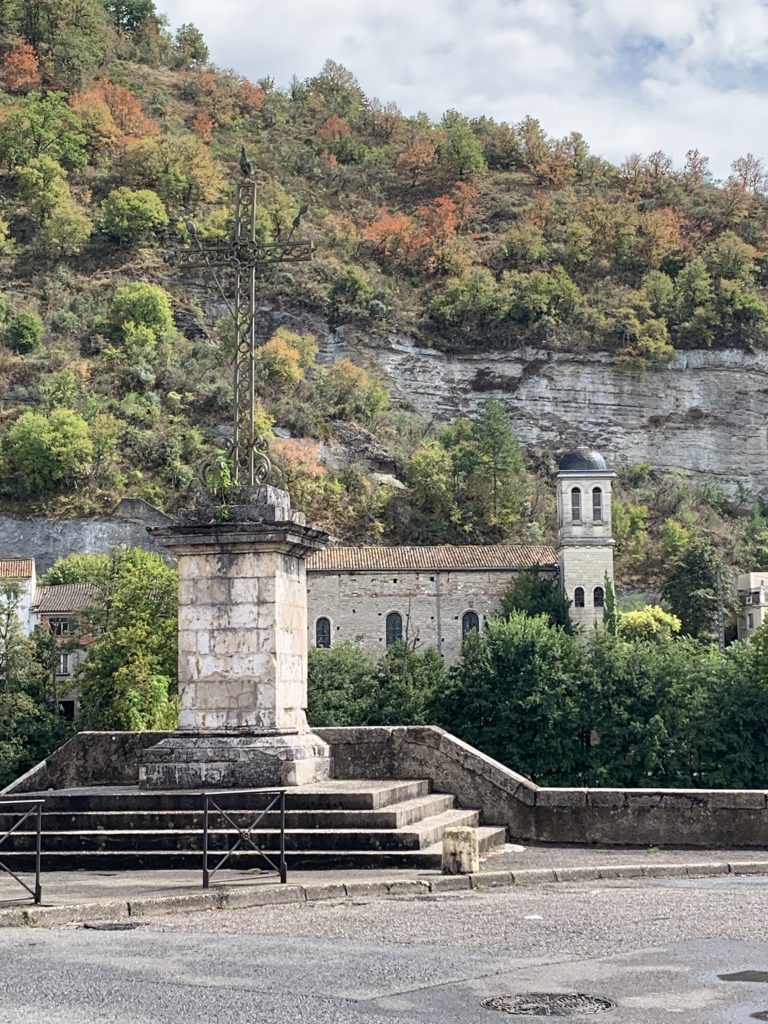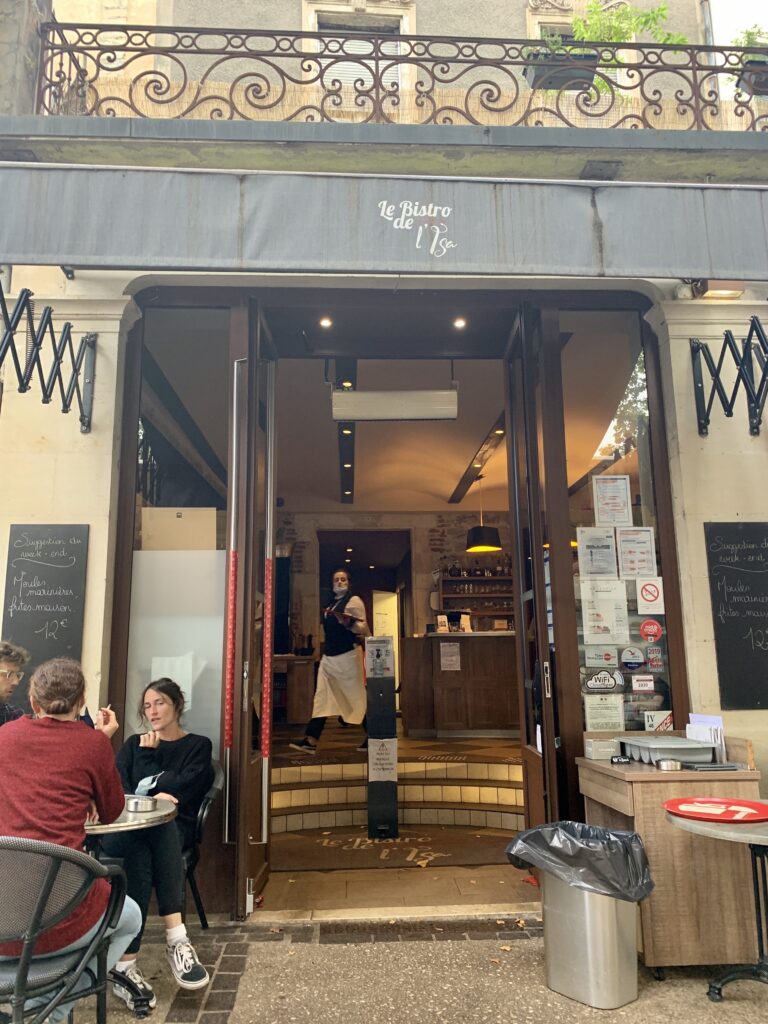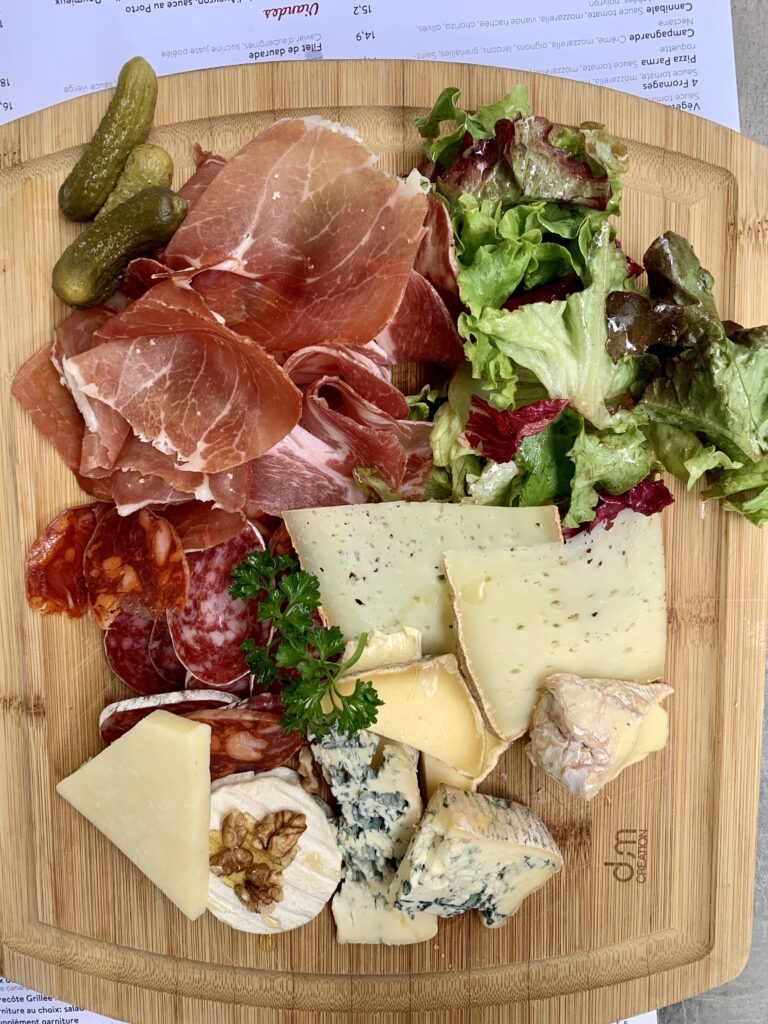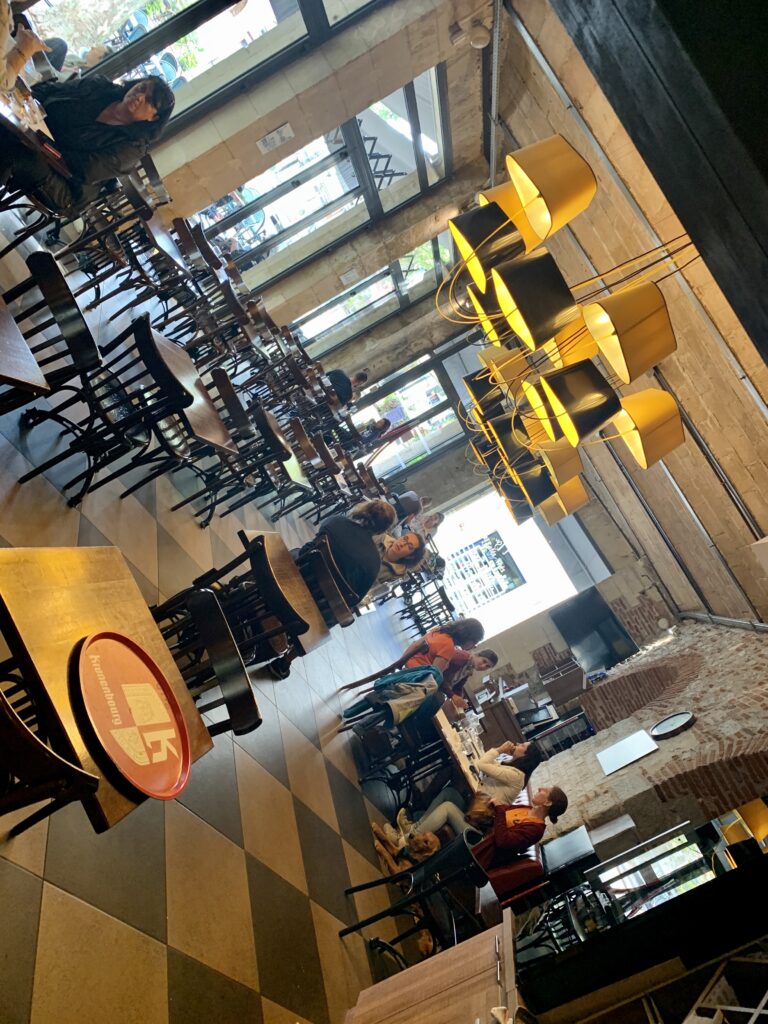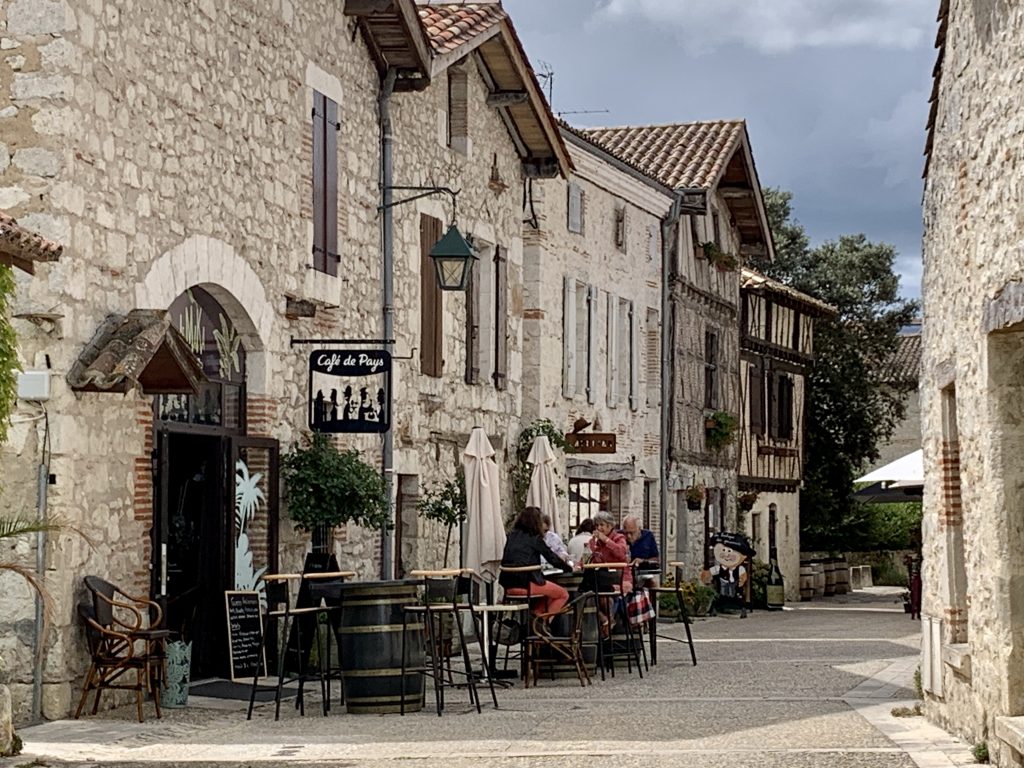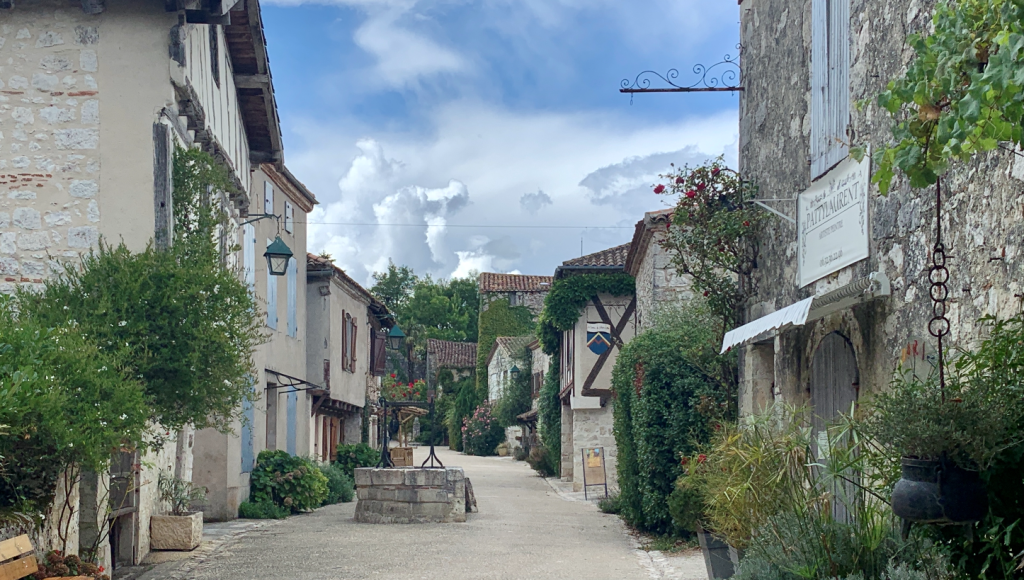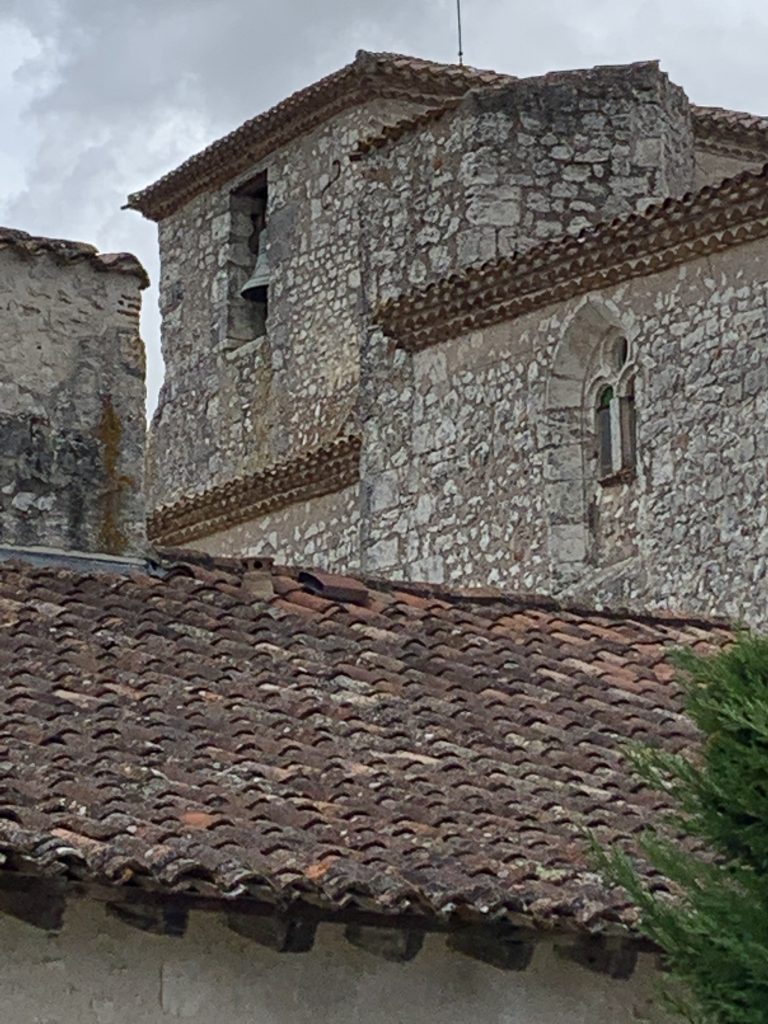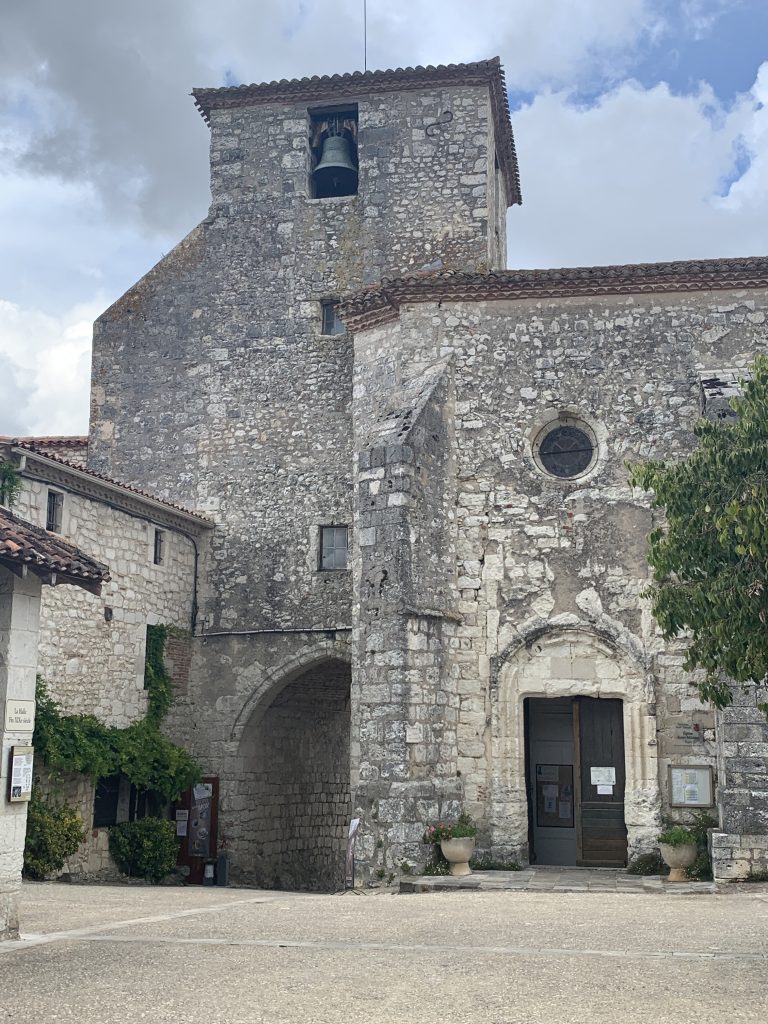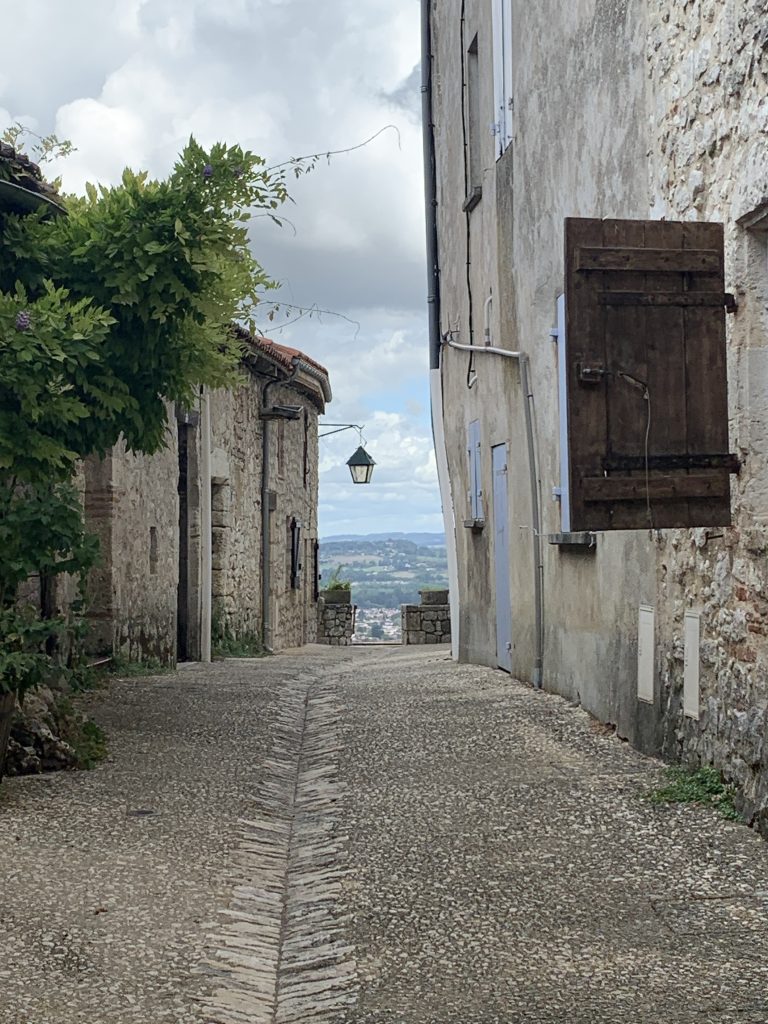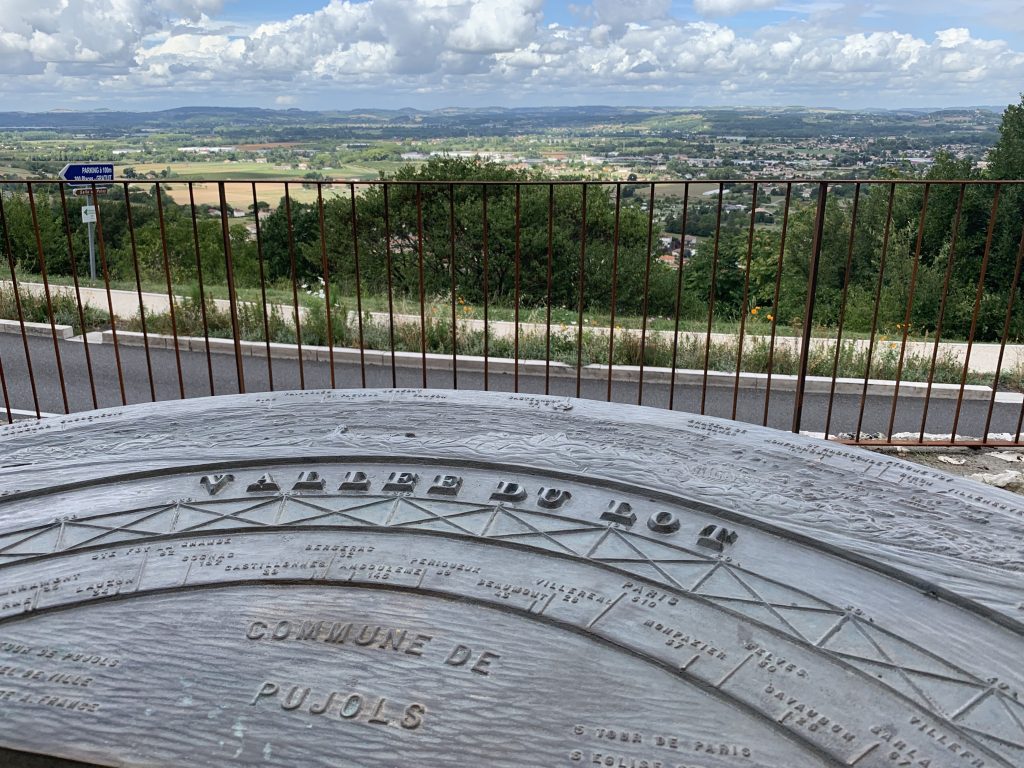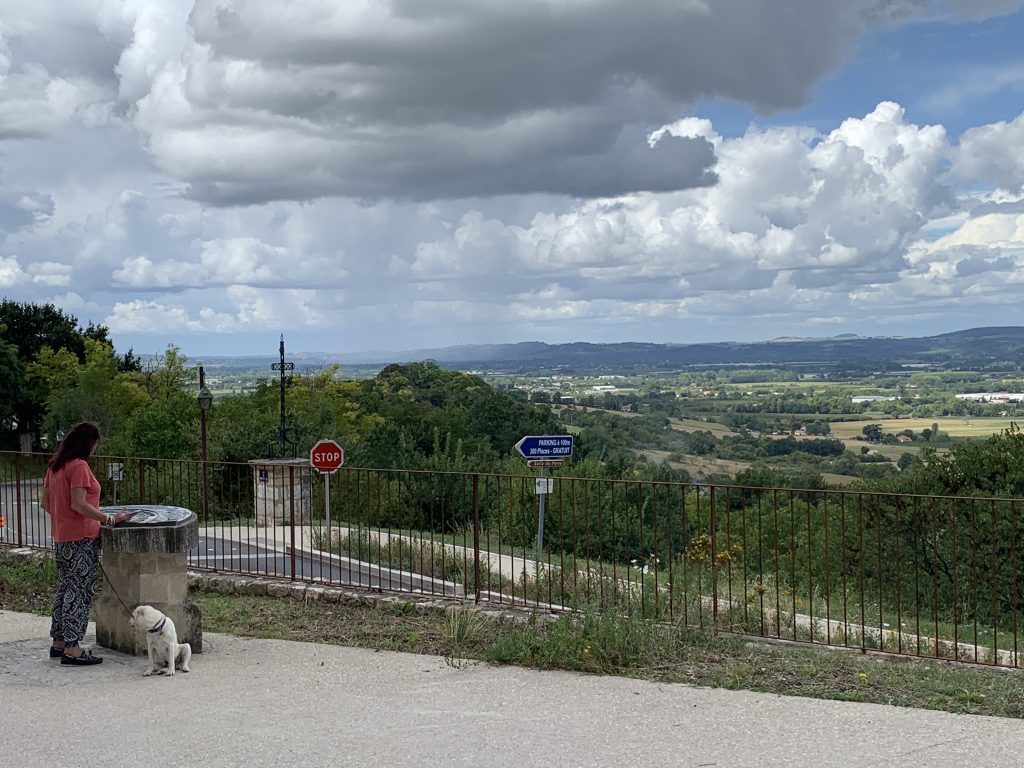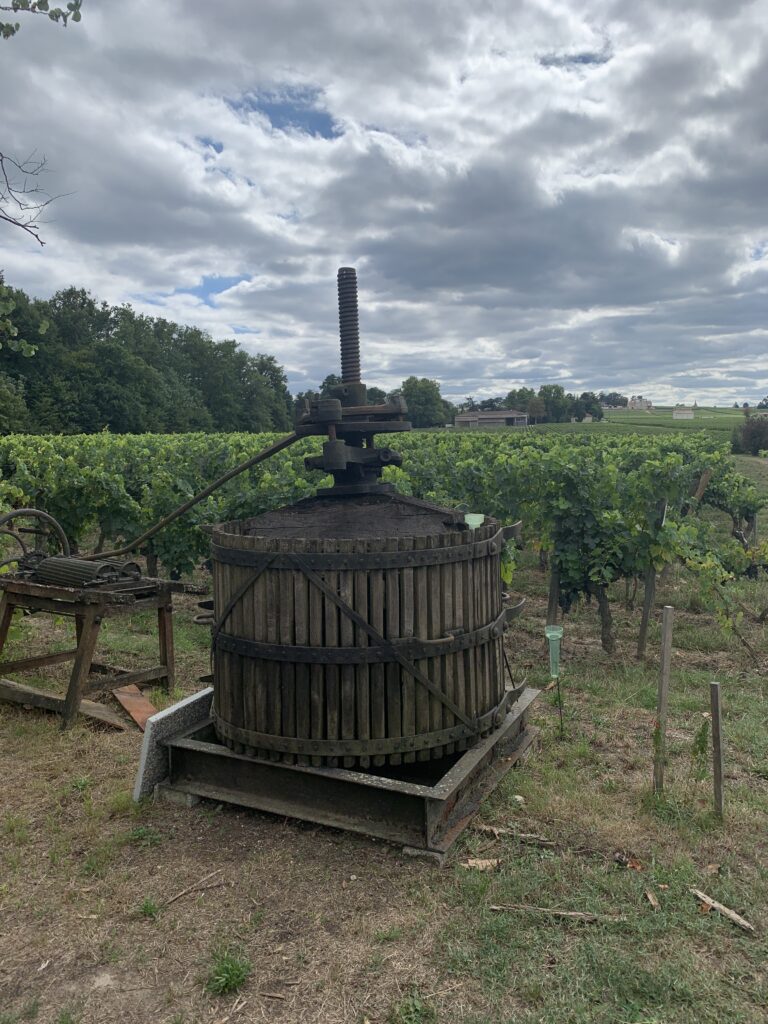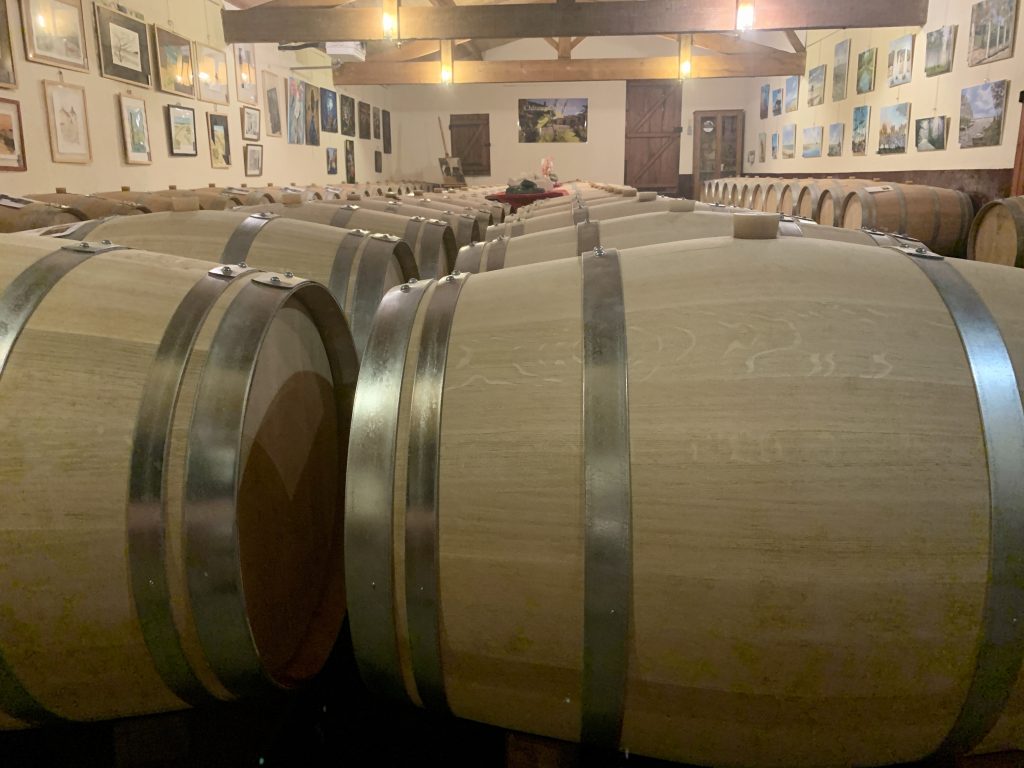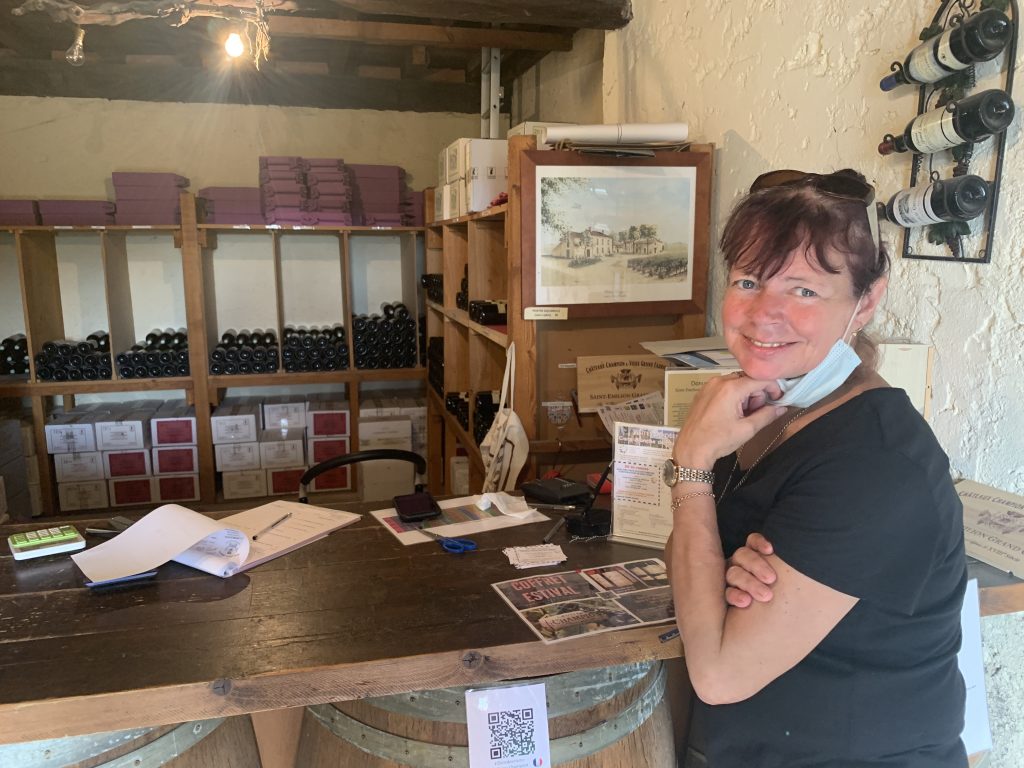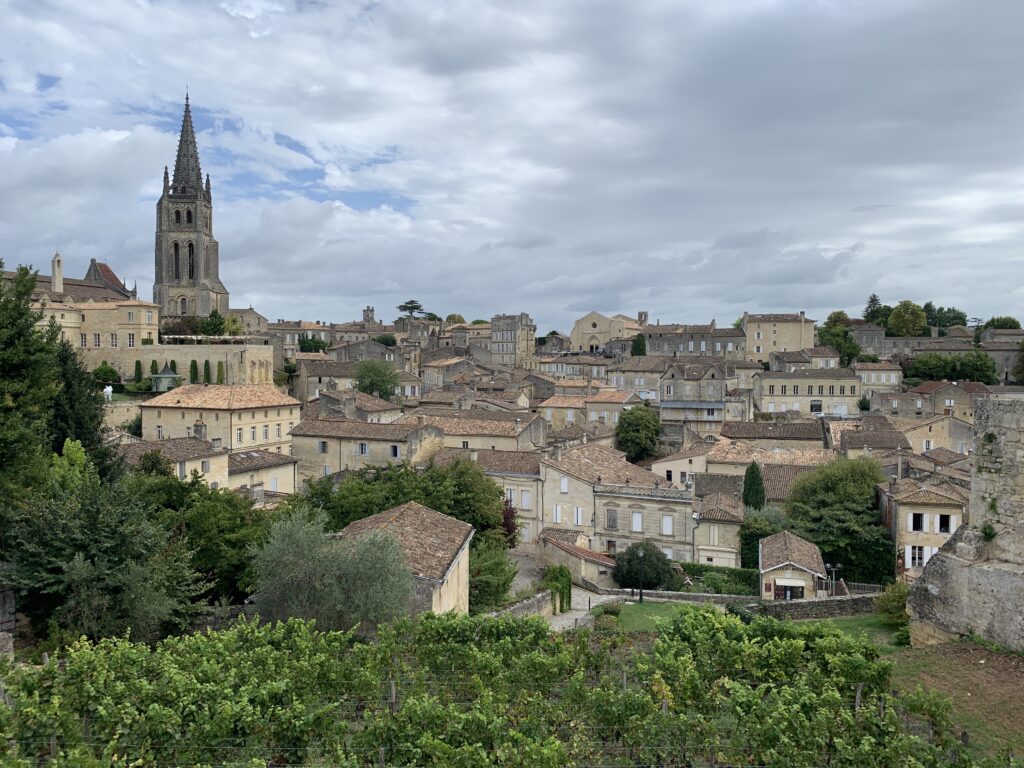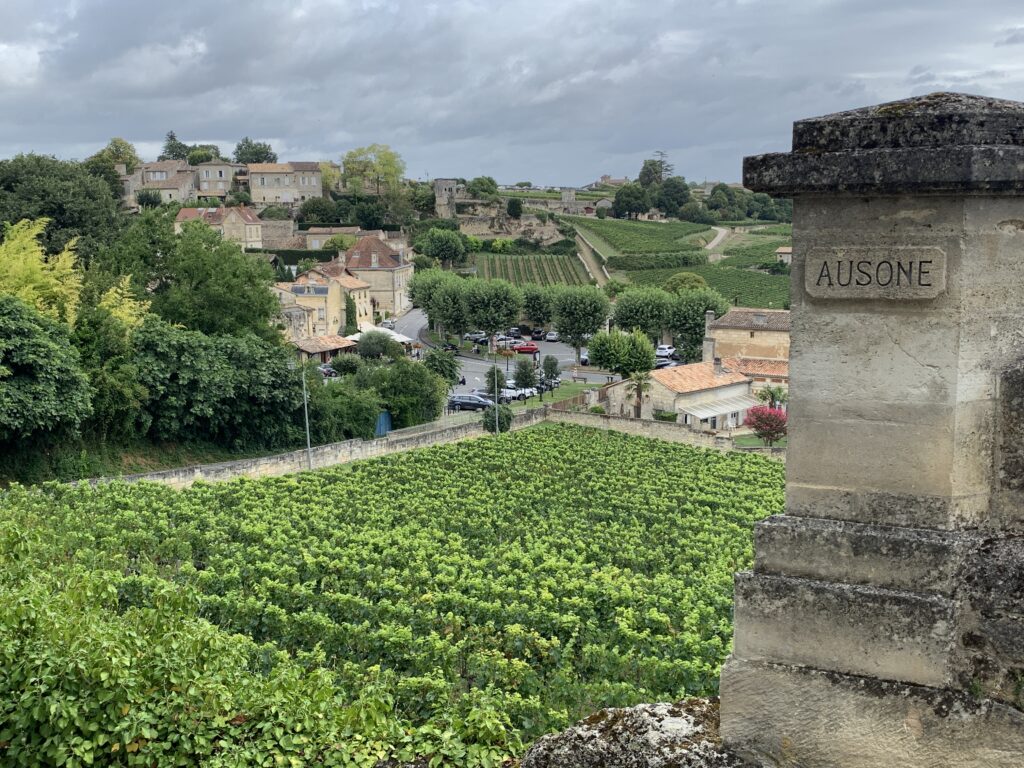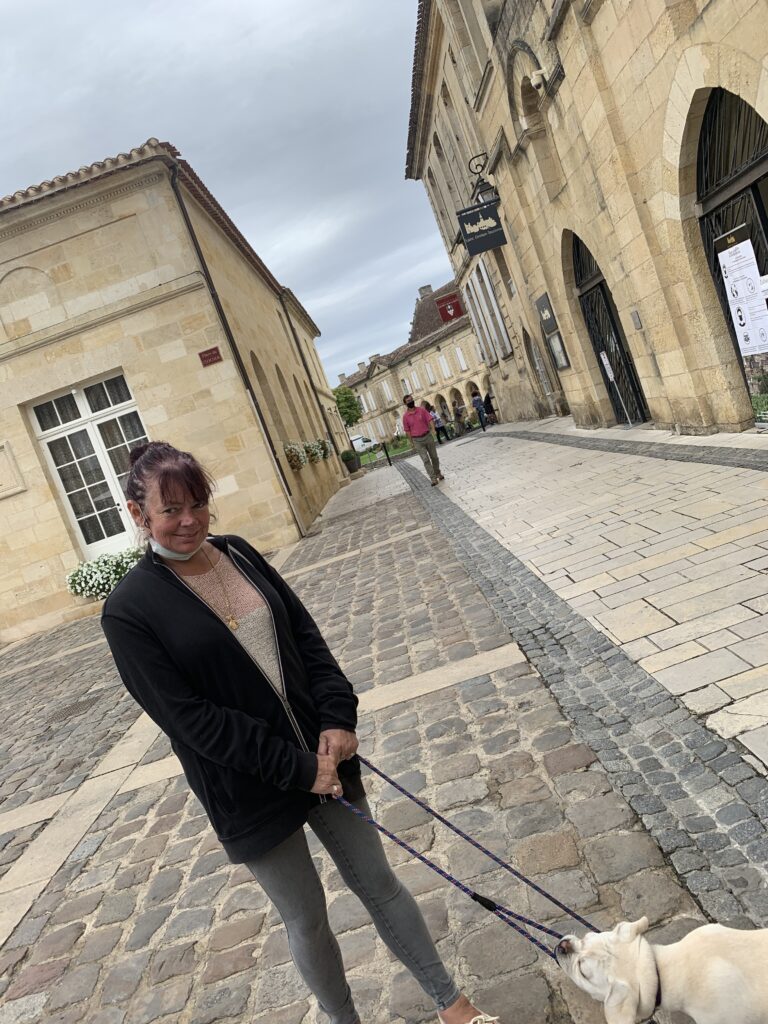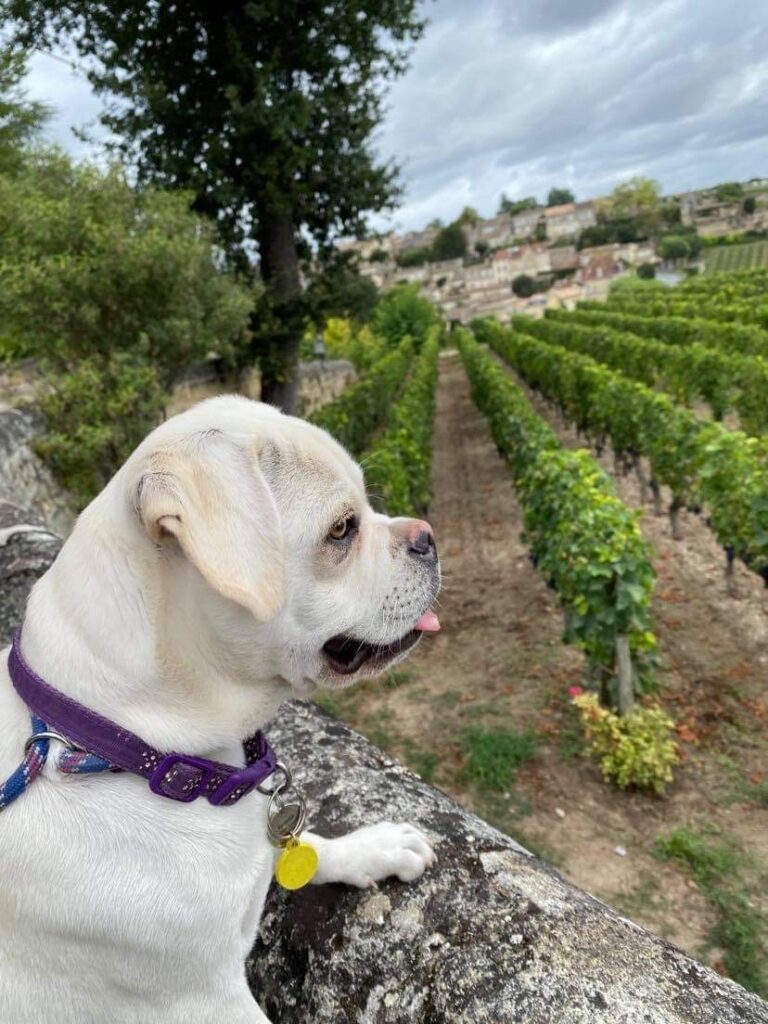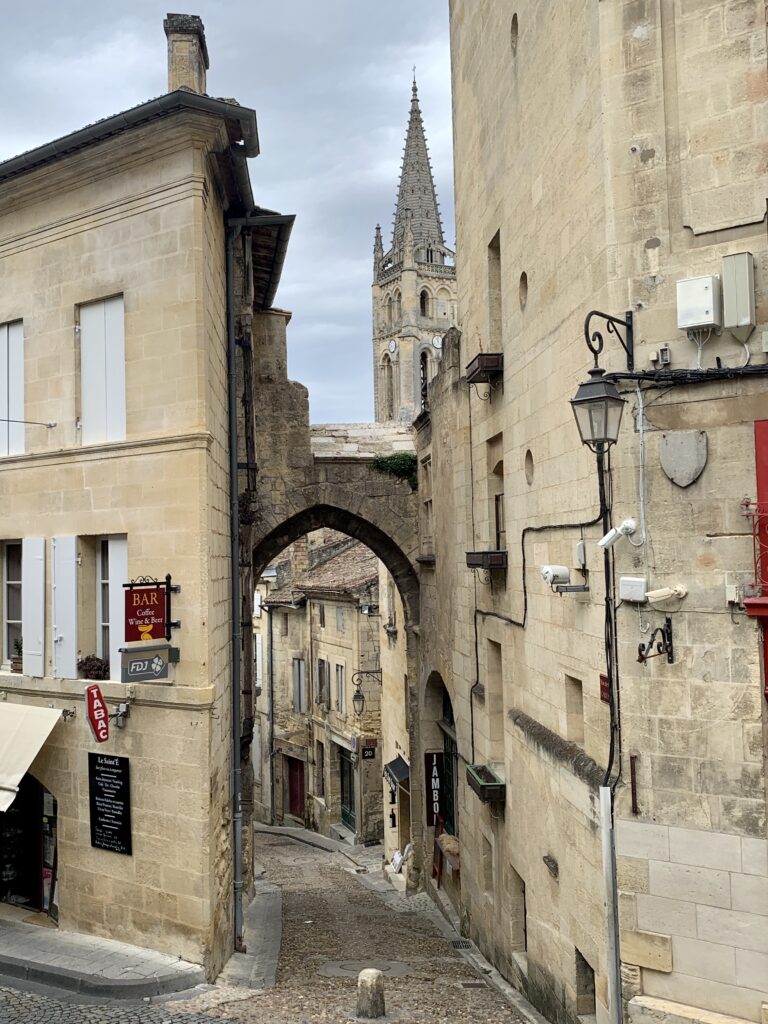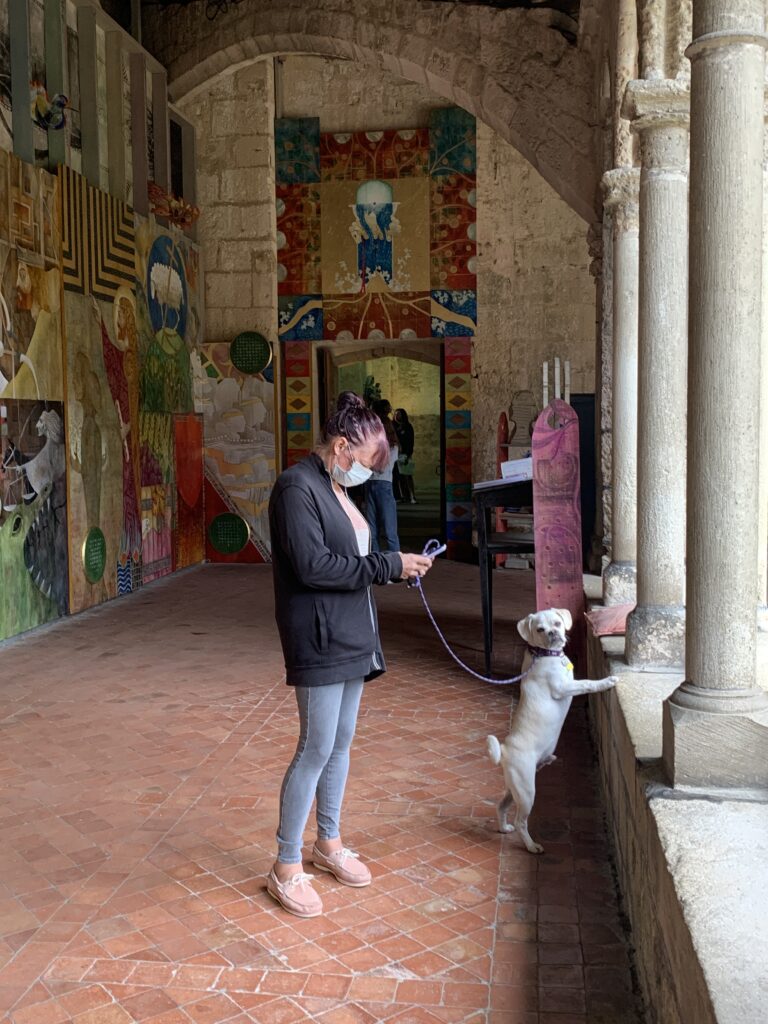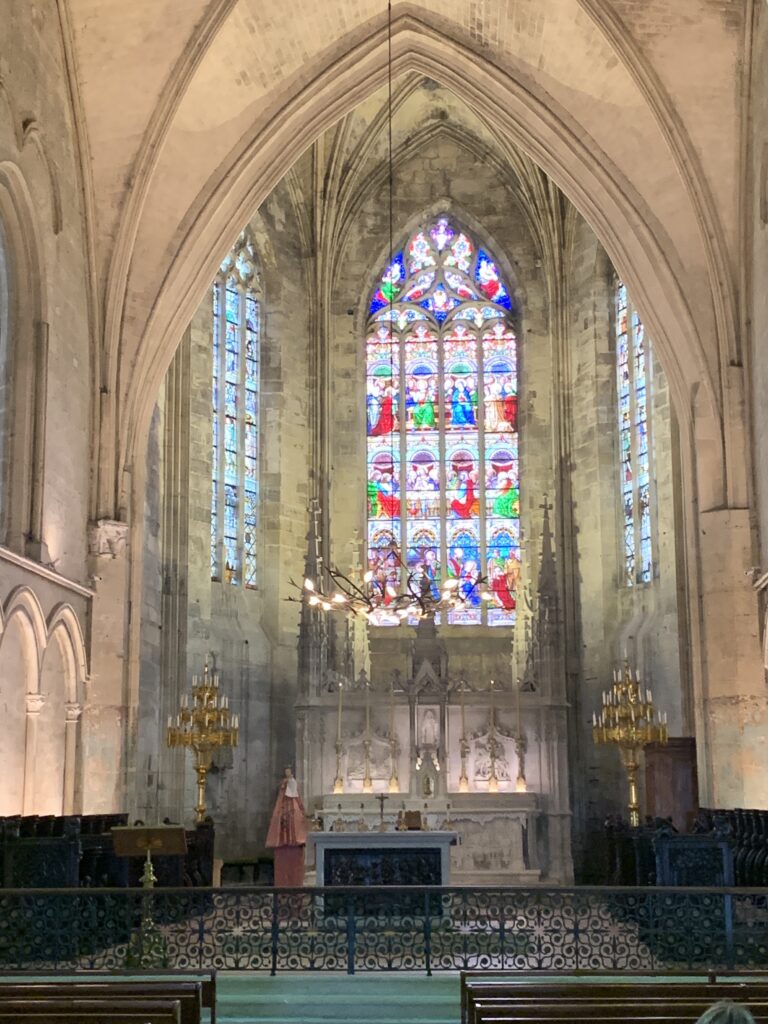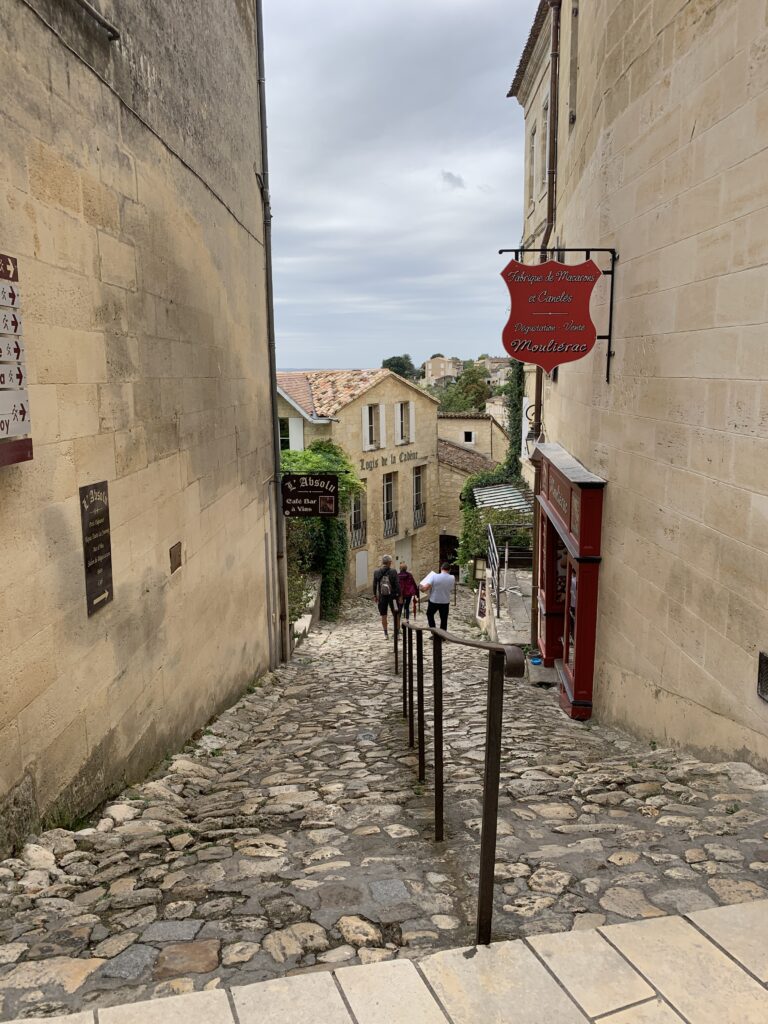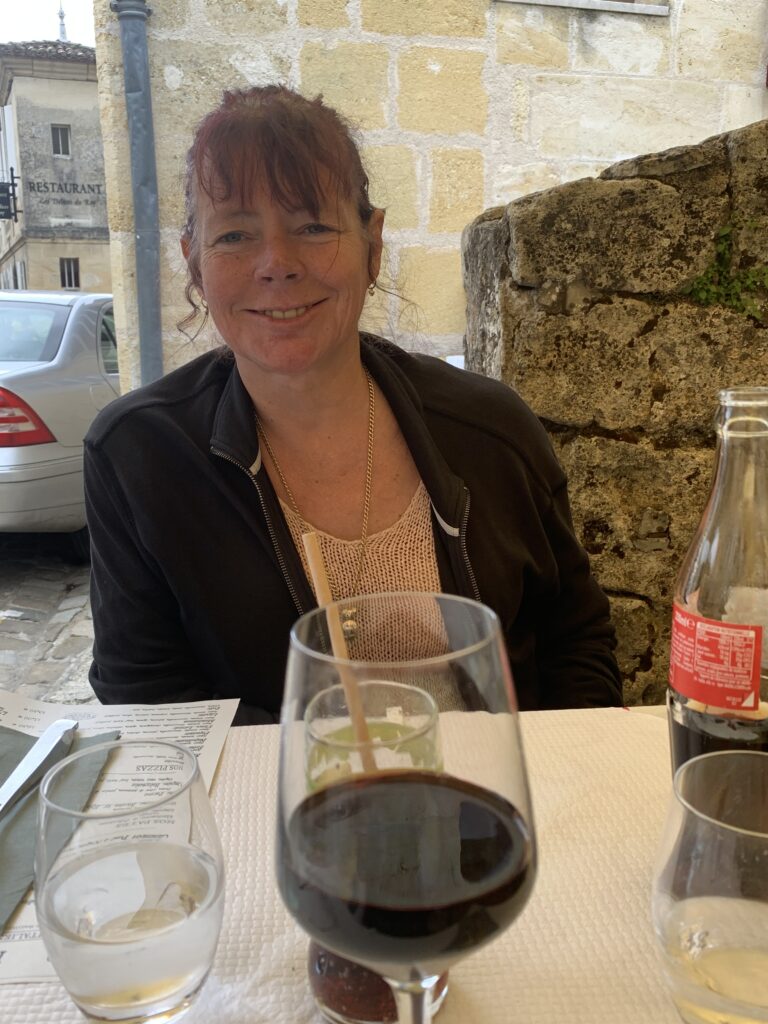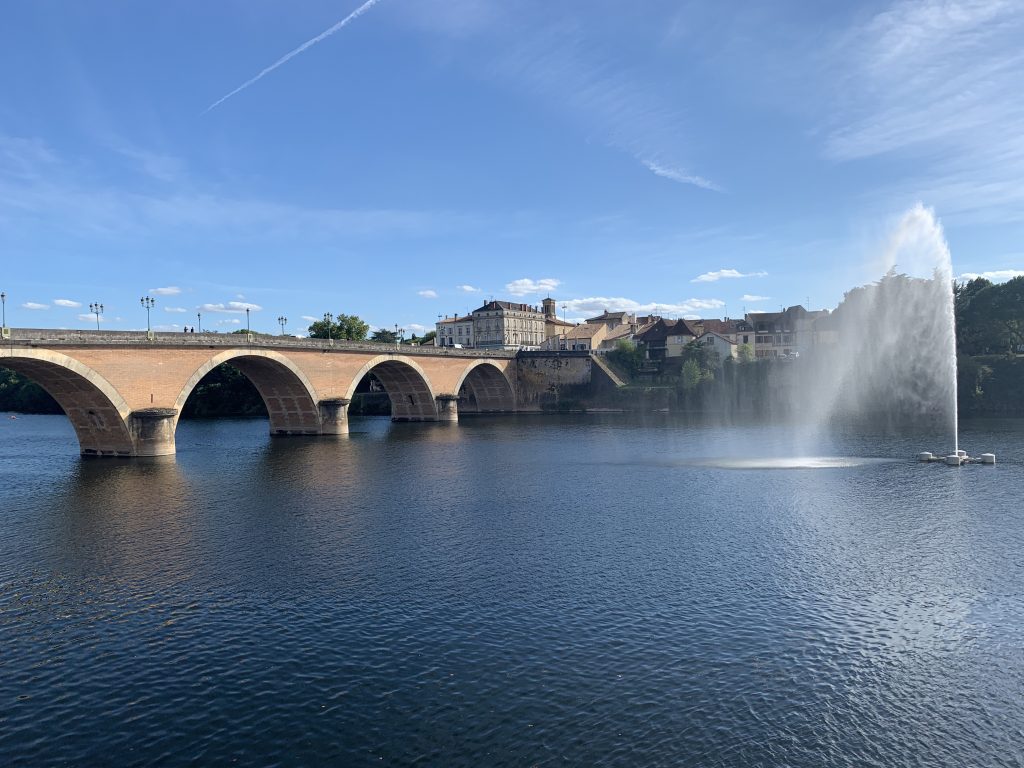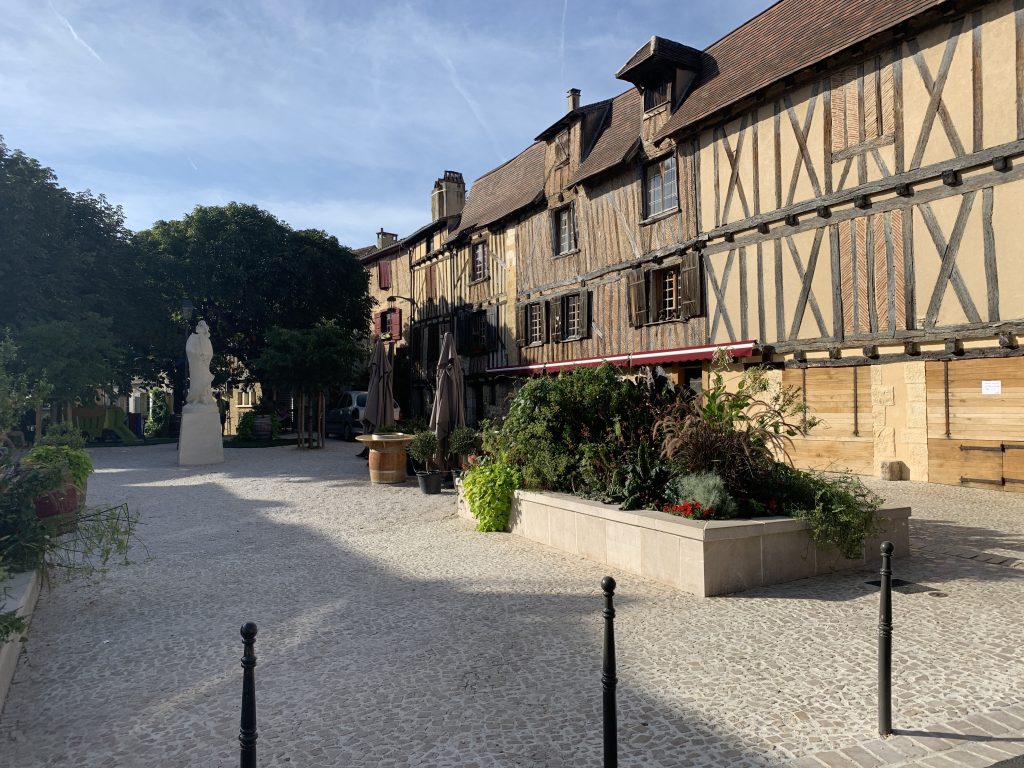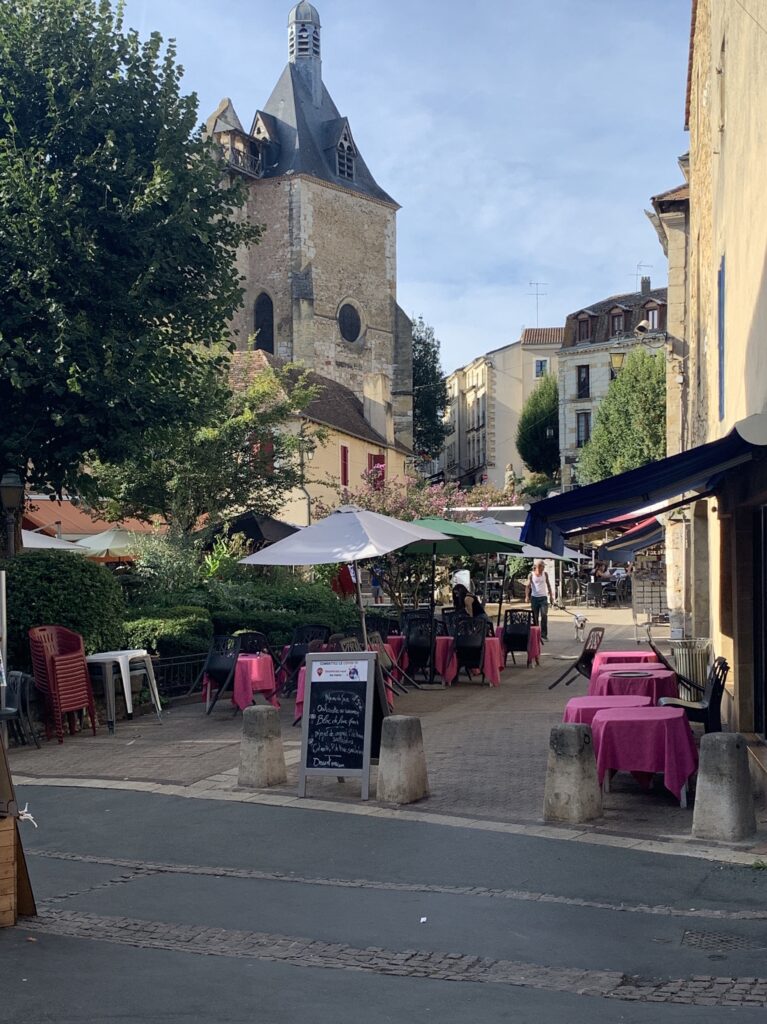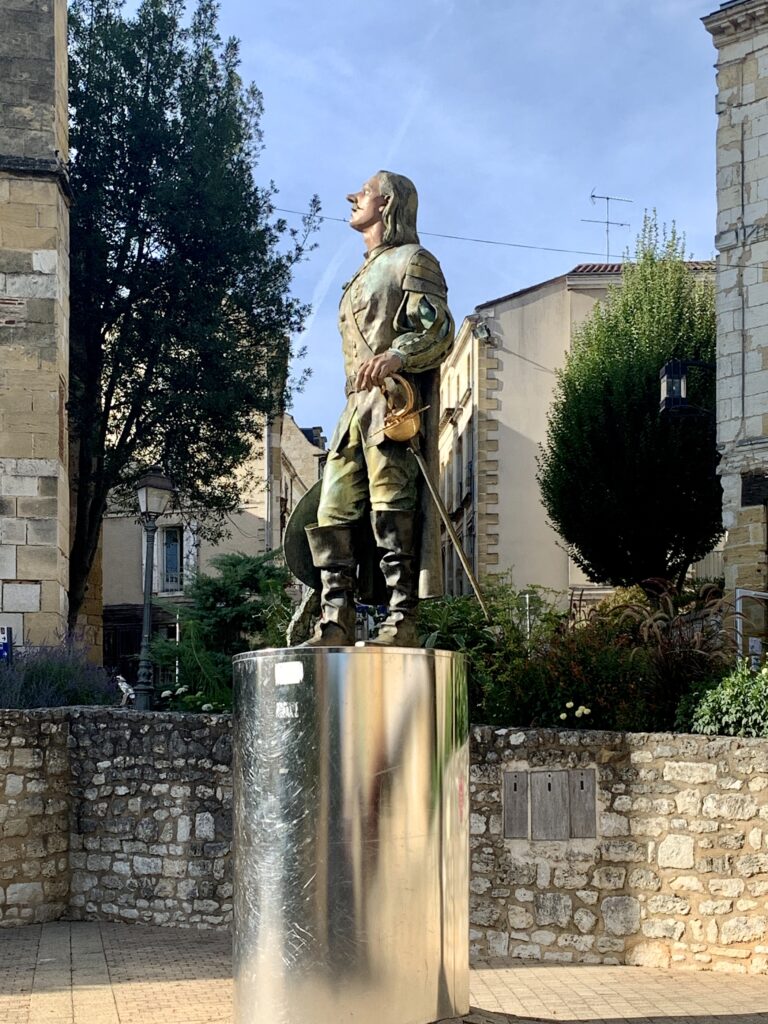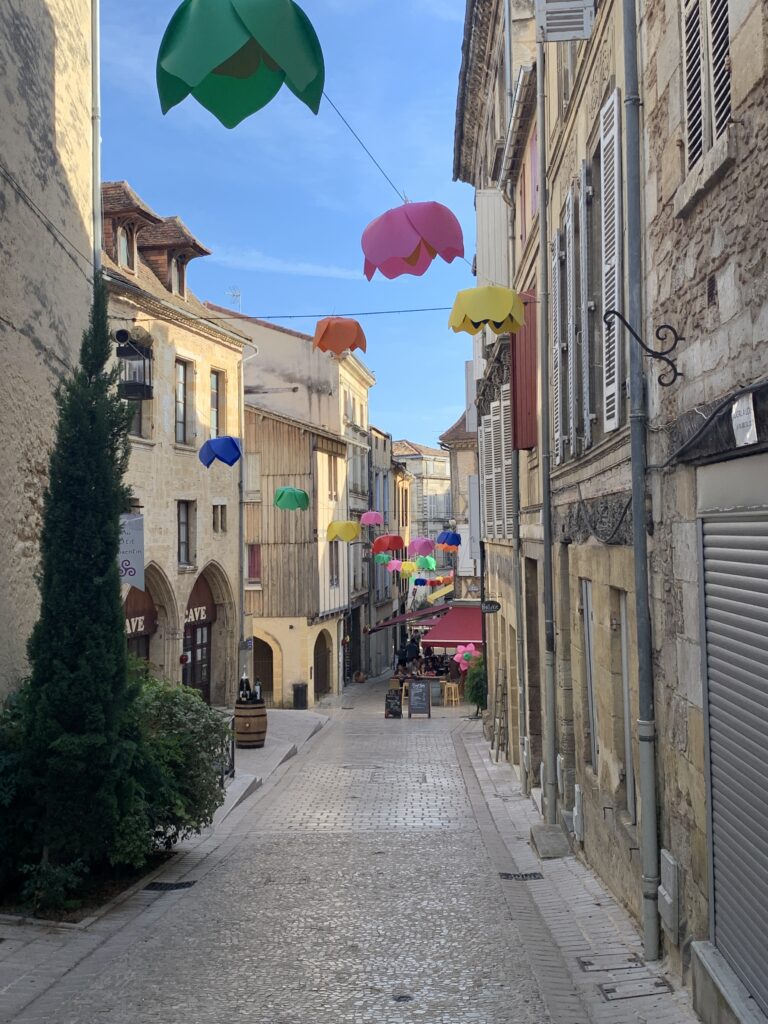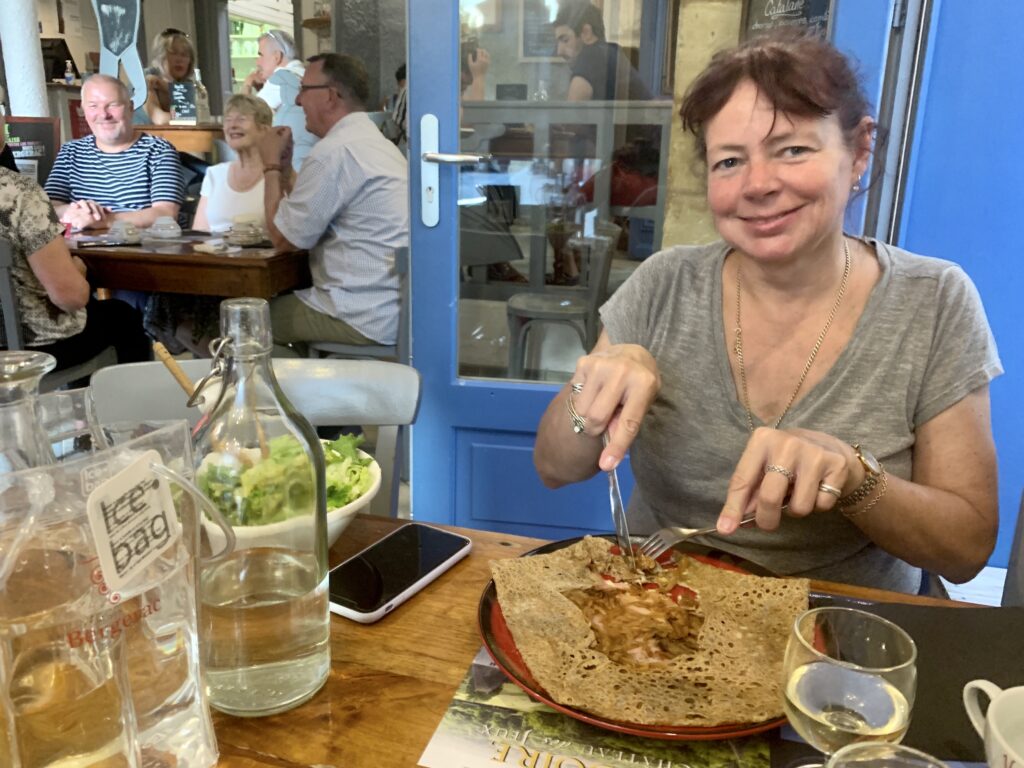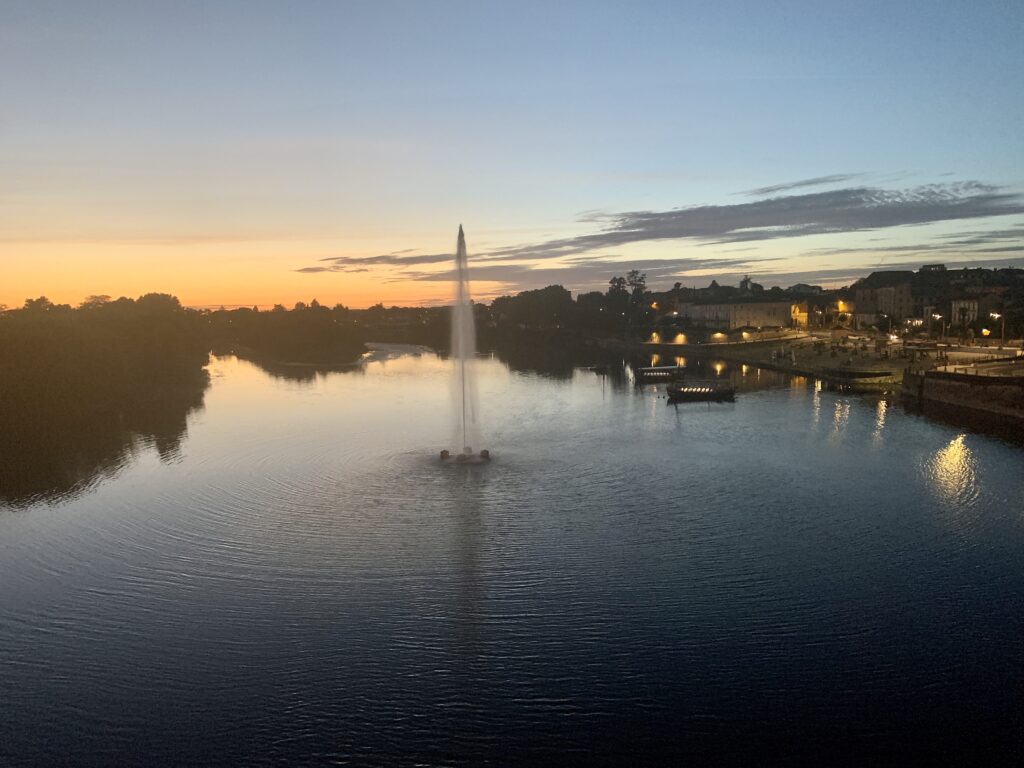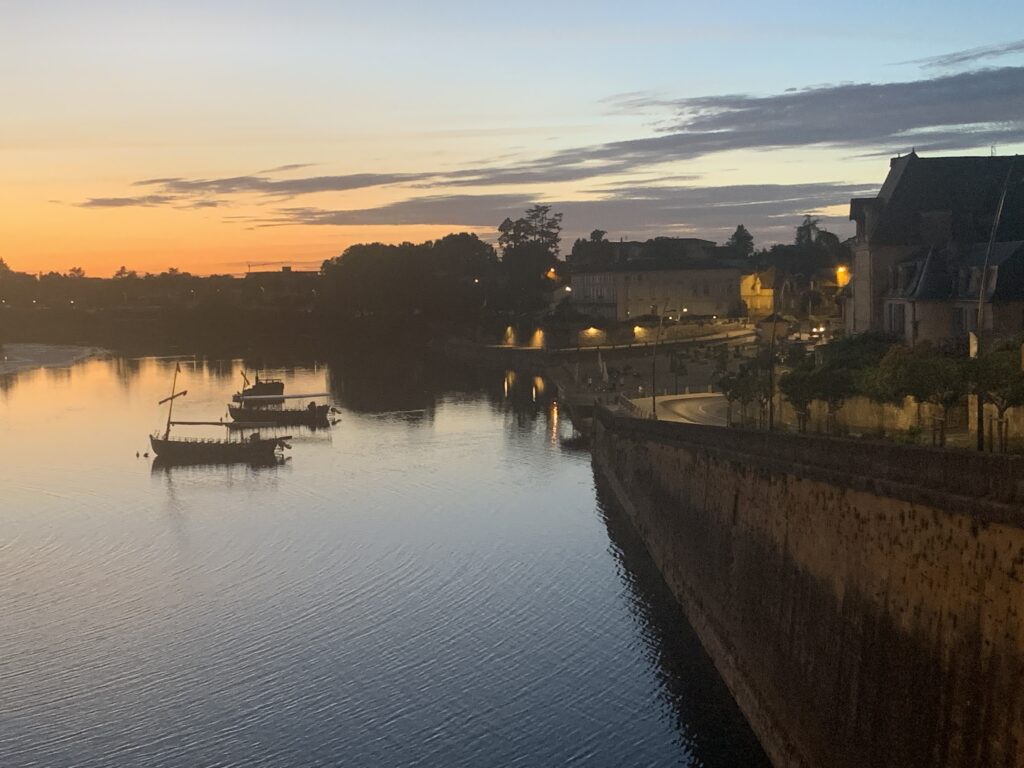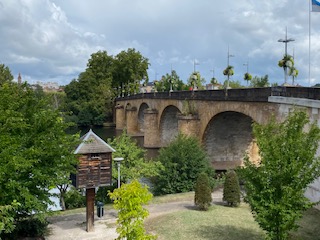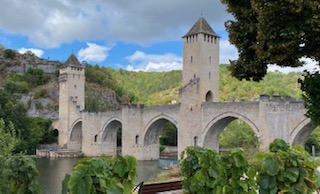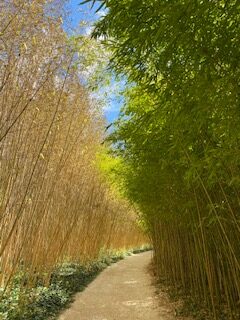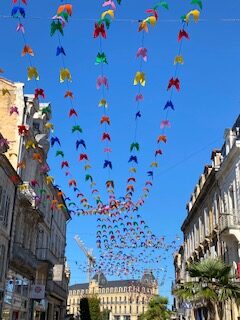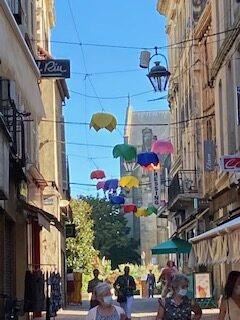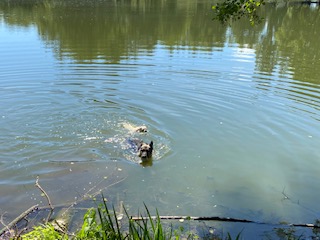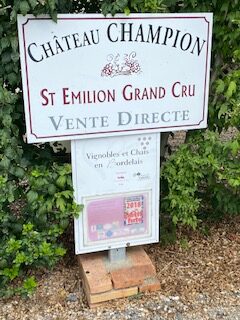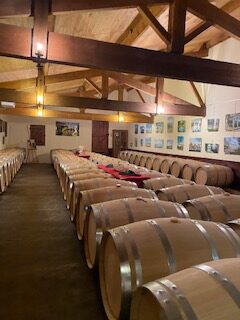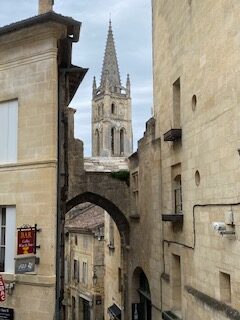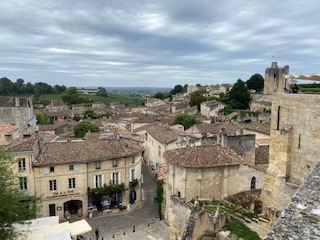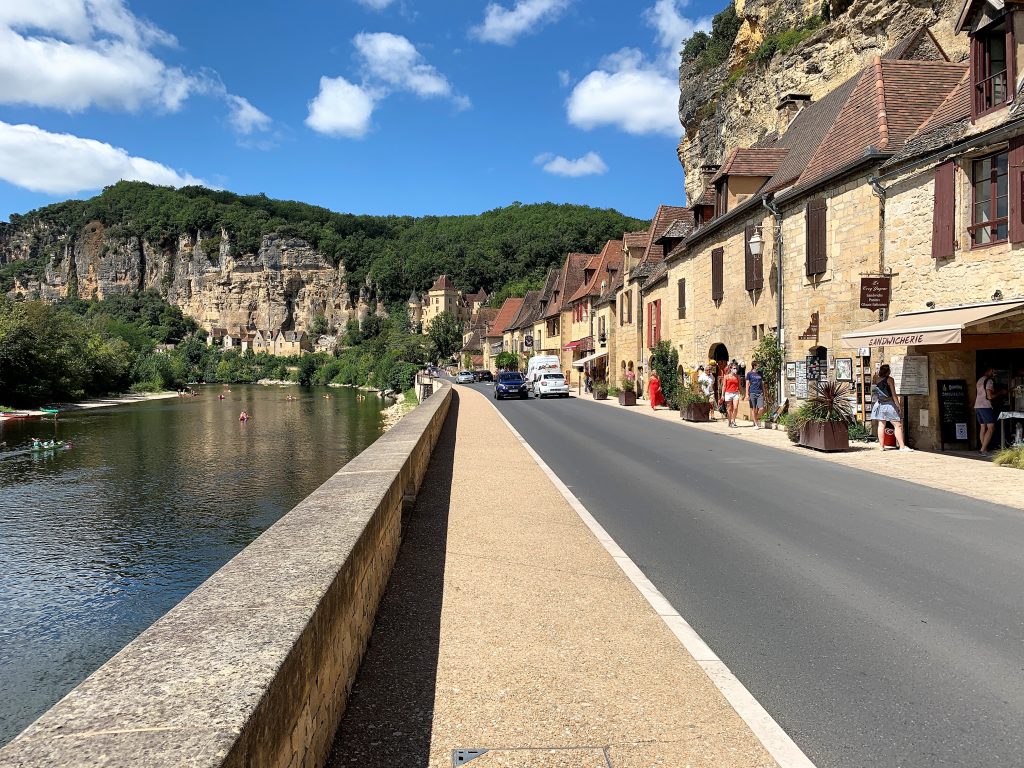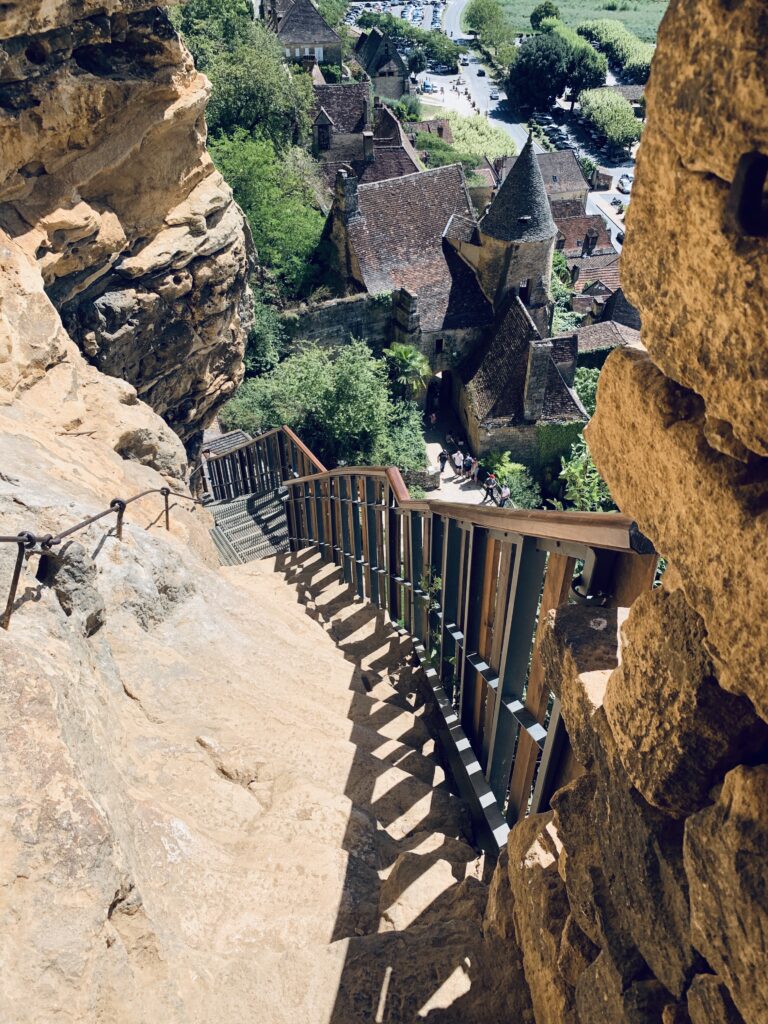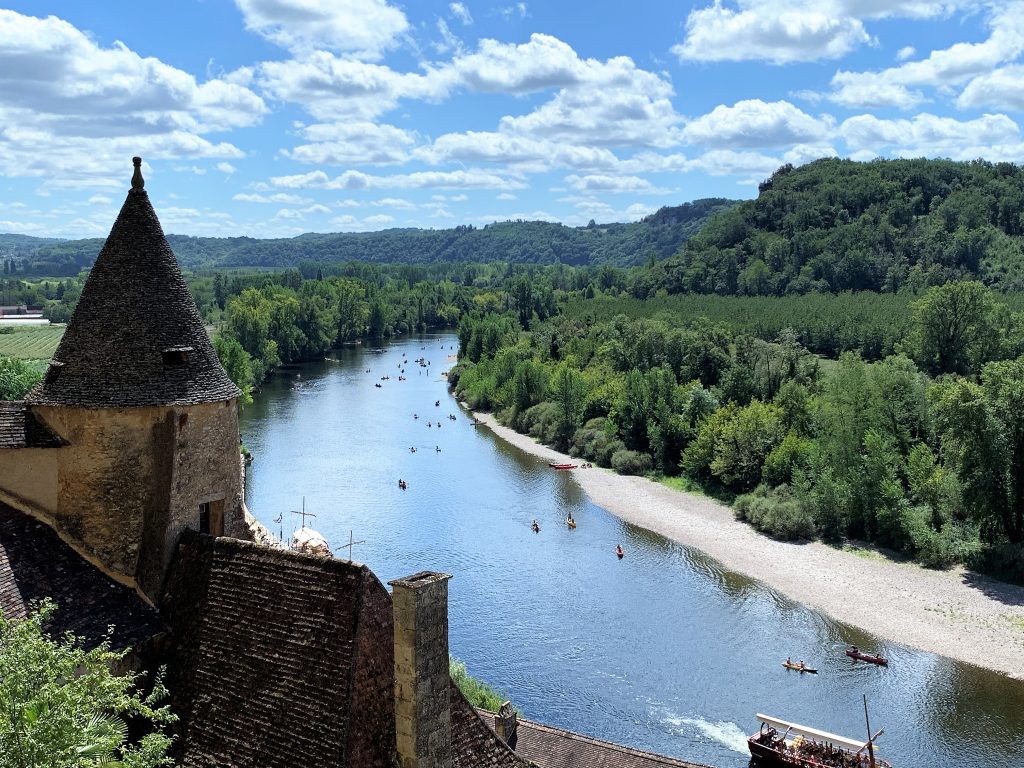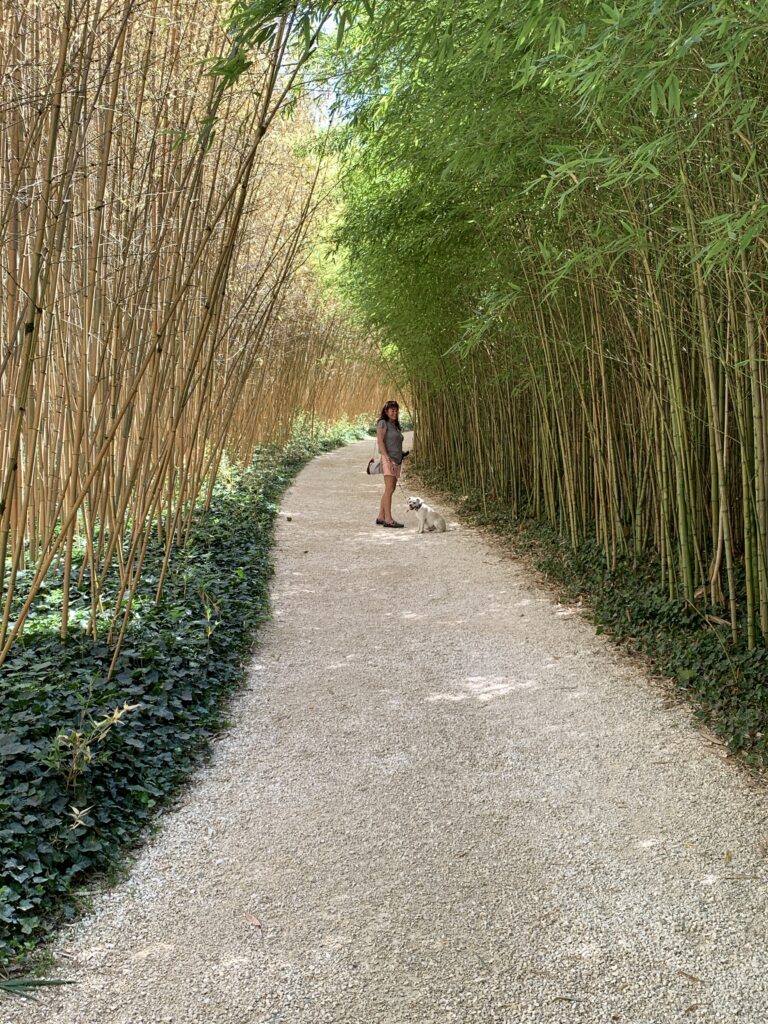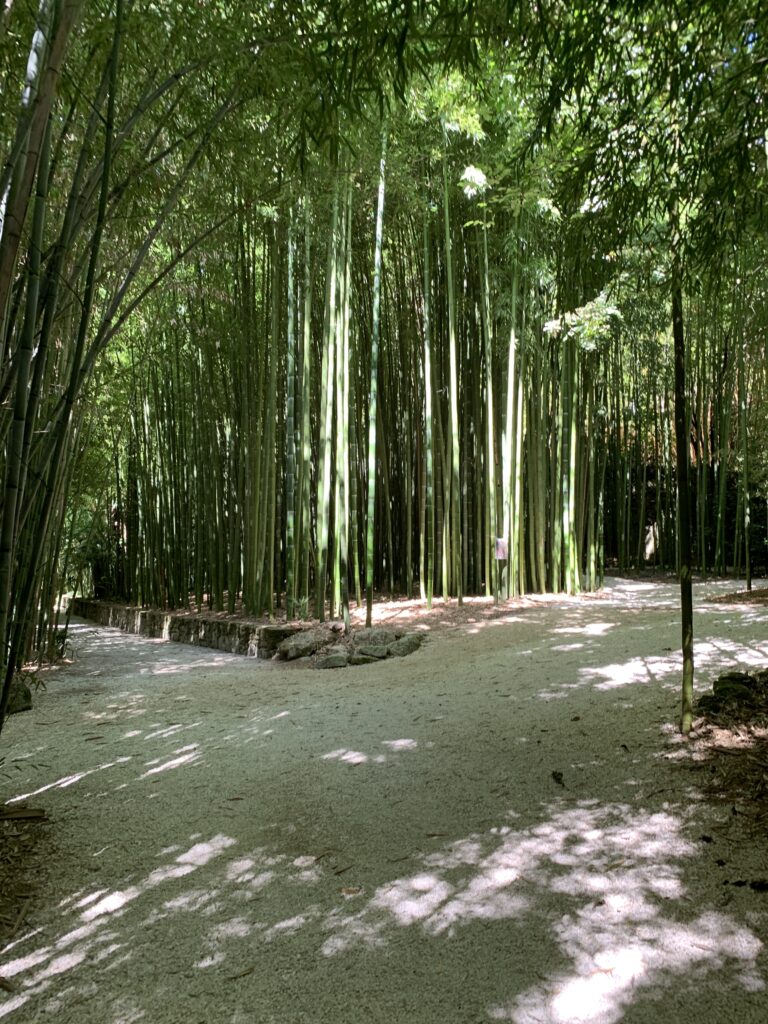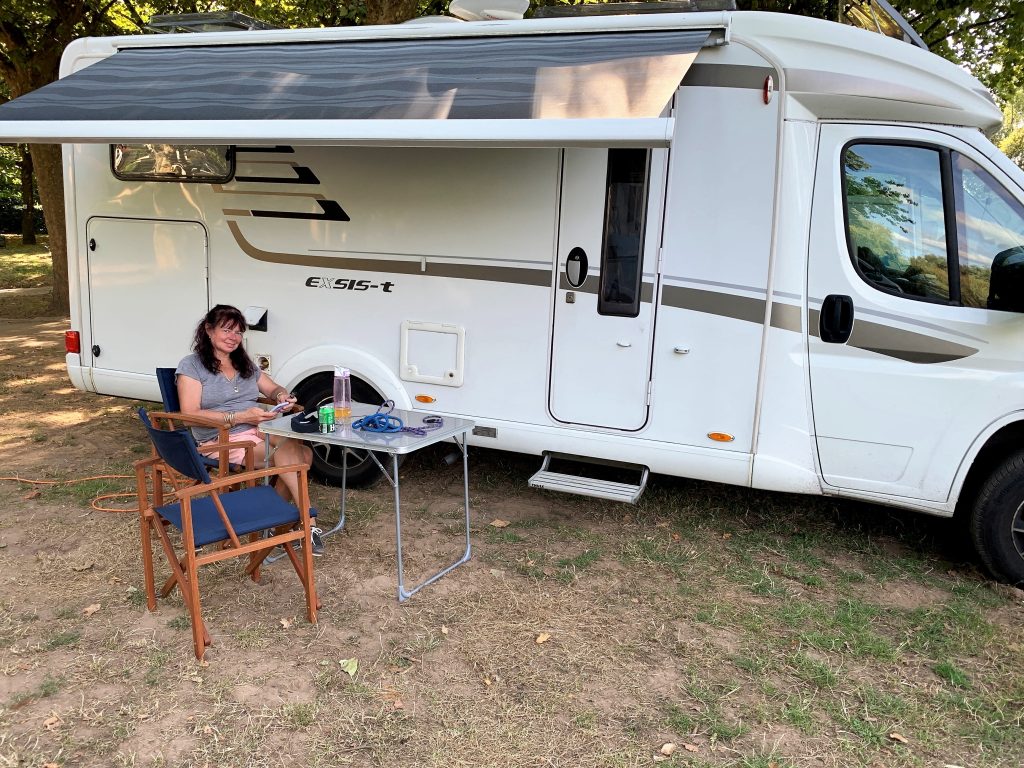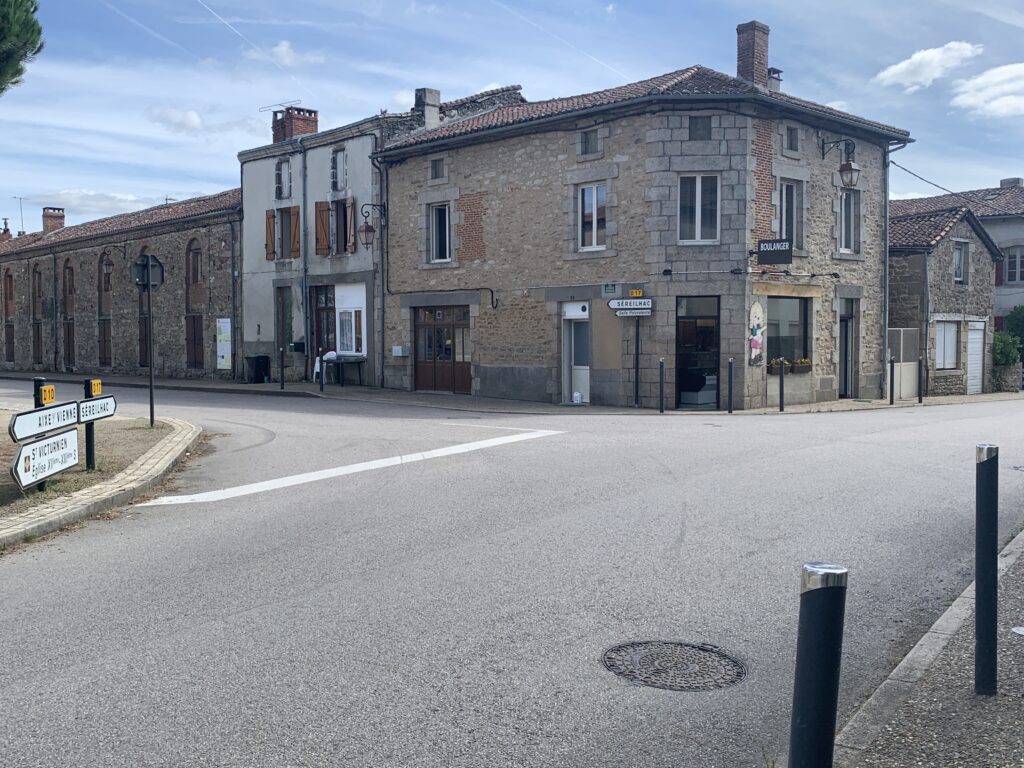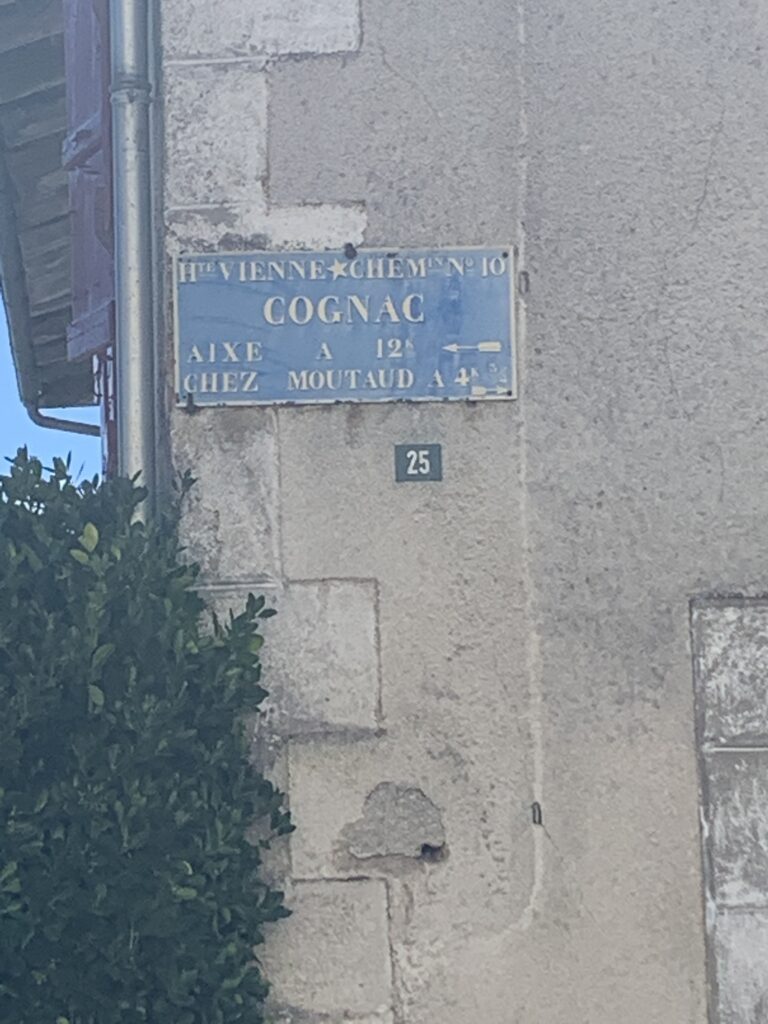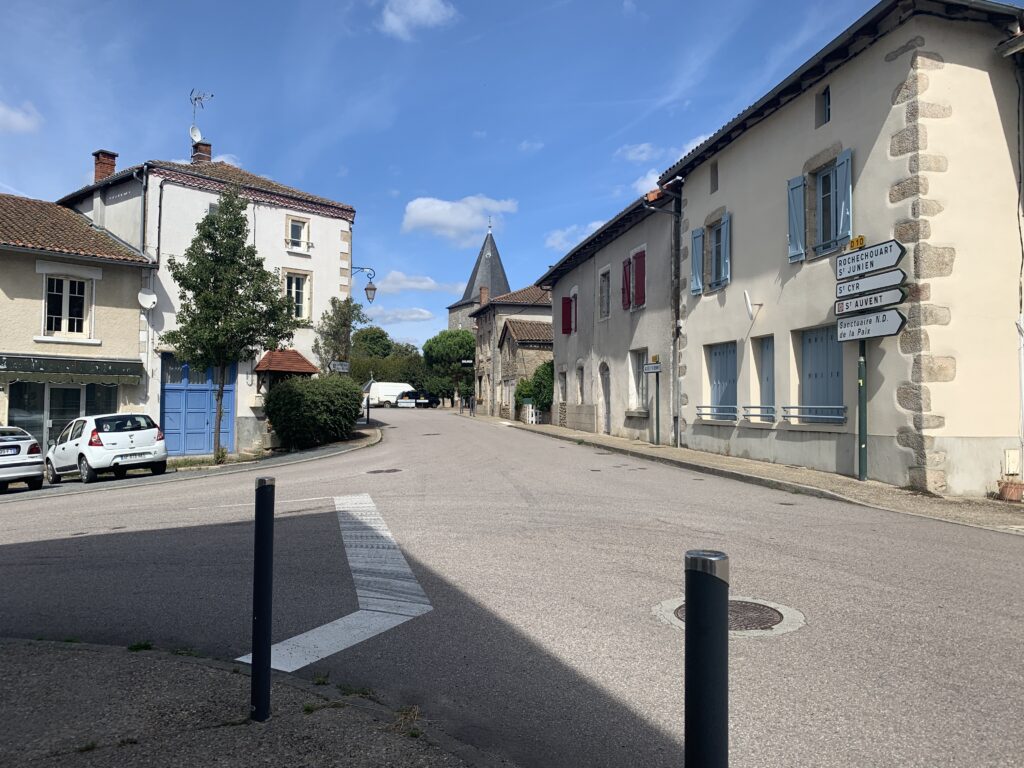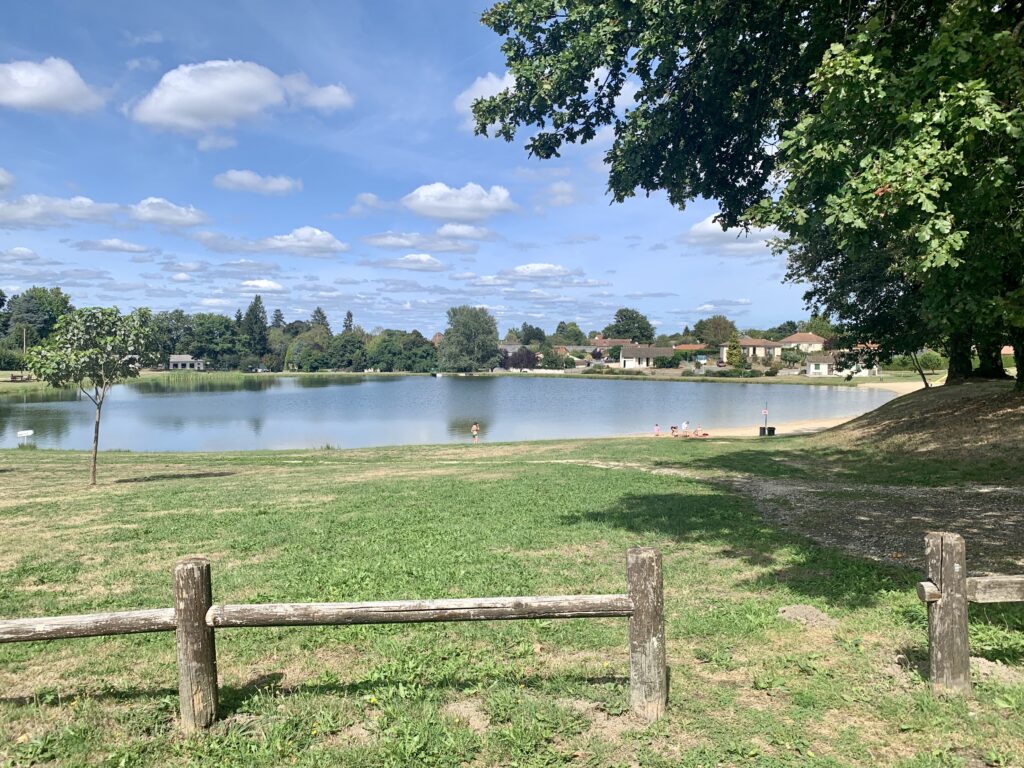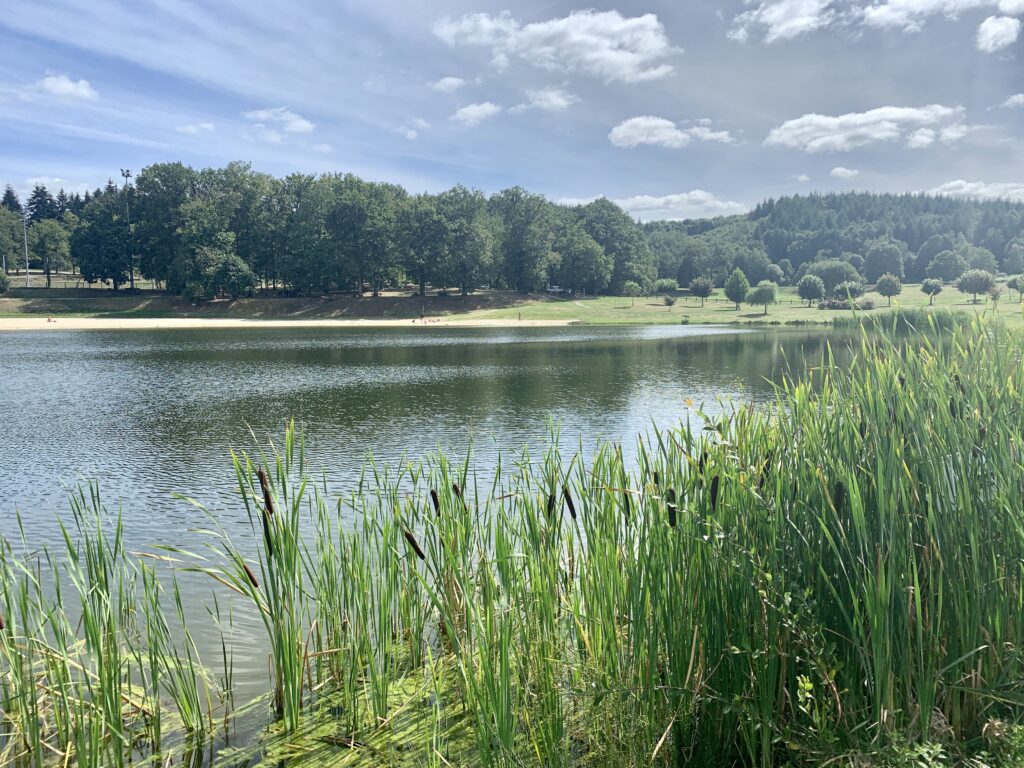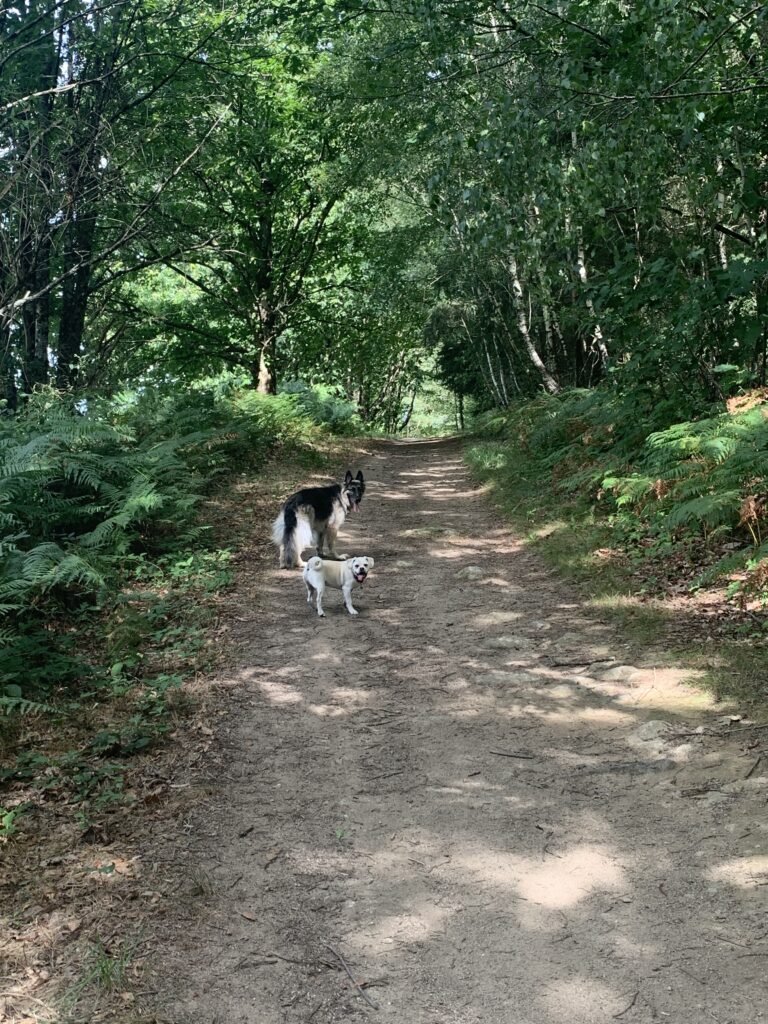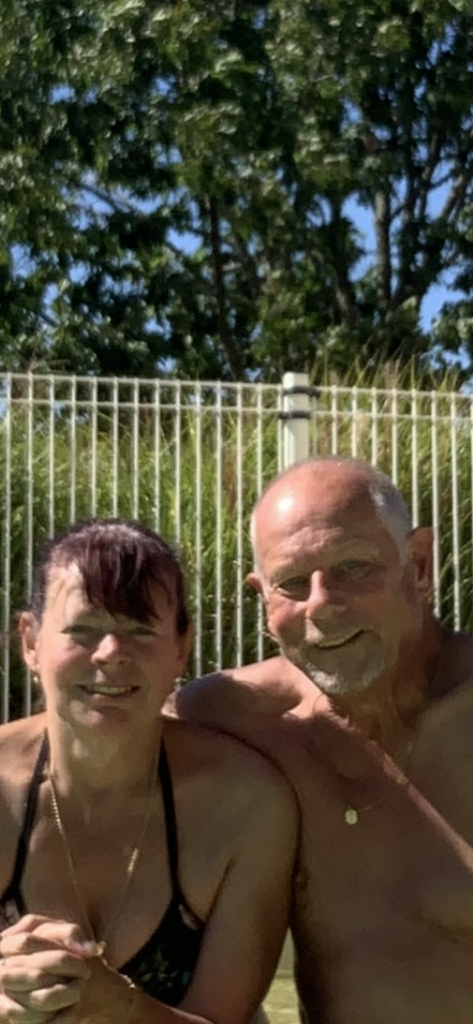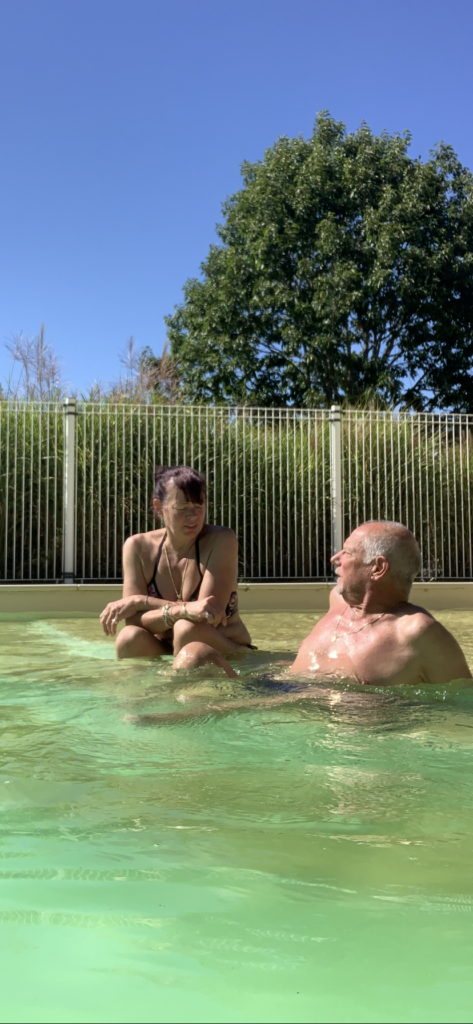Good to be back on the move again and it showed in the mileage we completed today. From Labastide-Marnac we made our way south west to Ascarat just outside of Saint Jean Pied-de-Port; a journey of some 254 miles. SJPP has long been on my wish-list of places to visit and I couldn’t wait to get into the town.
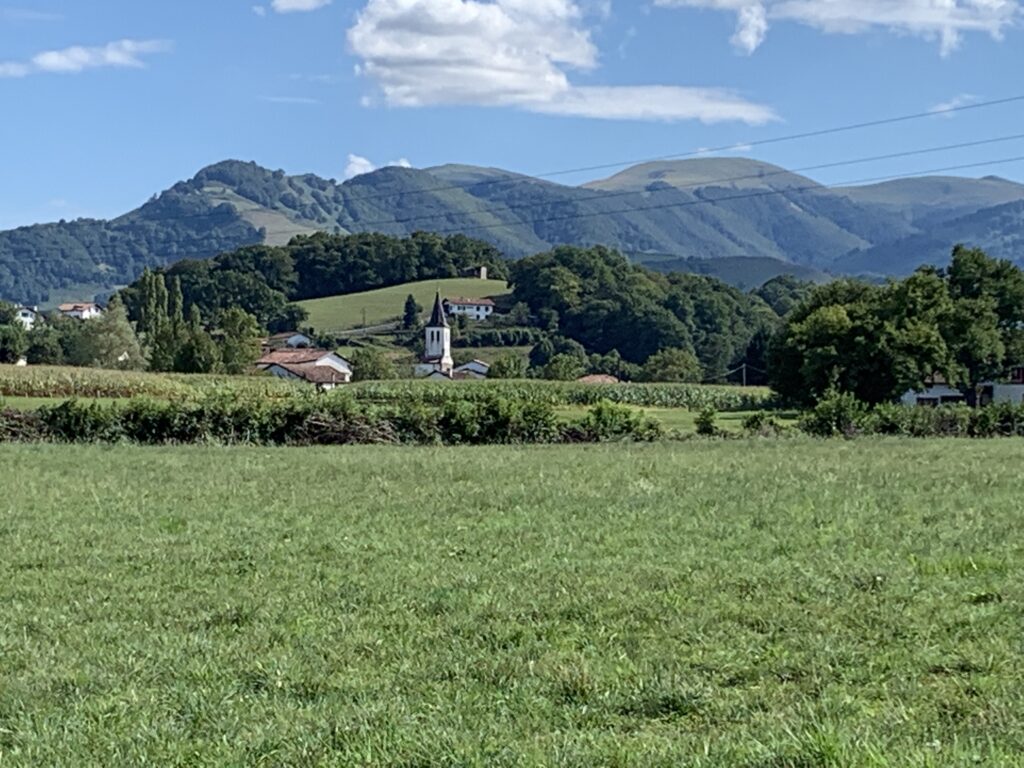
Ascarat
We arrived in Ascarat late afternoon and after walking the dogs, Vanya elected to stay with the dogs and chill while I immediately set off on the 30 minute walk into Saint Jean Pied-de-Port or Donibane Garazi as the Basques refer to the town. We are well into French Basque territory here.
As well as being one of “Les Plus Beaux Villages de France”, SJPP is a popular waypoint for pilgrims and/or adventurers on the pilgrim trails to Santiago de Compostella and it came as no surprise to see the place so busy during the late afternoon and early evening. It is both the finishing point for Le Puy Camino (which begins in Le Puy en Velay and is sometimes known as the Via Podiensis) and the starting point for the Camino Frances (which finishes in Santiago de Compostella and is often referred to as the Camino Way). It has long been my intention to complete these two walks which together total about 1,000 miles. Maybe next year.
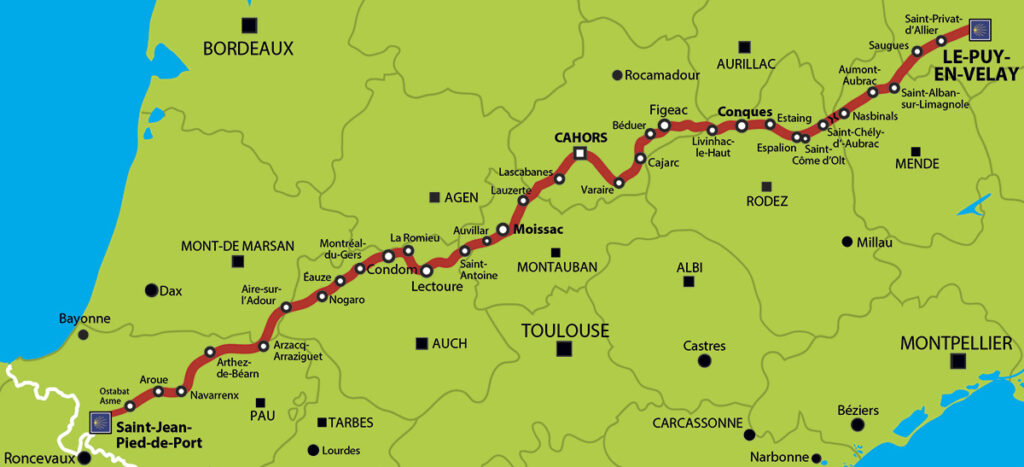
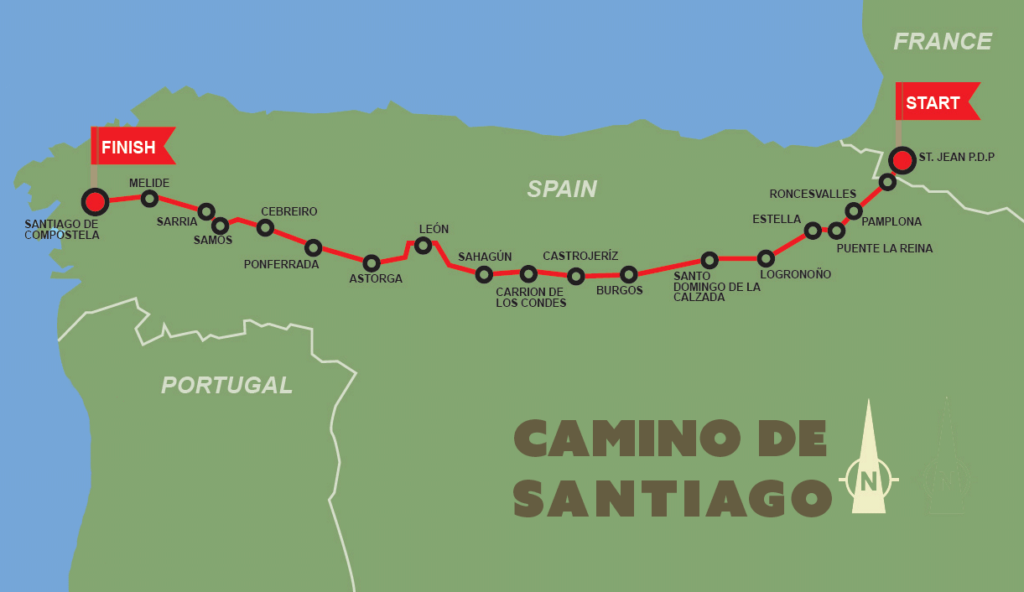
Enough about the pilgrim trails. All things being equal you will hear more about them next year.
St Jean Pied de Port is a small, walled town on the banks of the River Nive. It was founded in the 12th century after Richard the Lionheart destroyed the nearby town of Saint Jean le Vieux (1177). There is really only one street to the town, La Rue de Citadelle, and it leads from the Porte St Jacques down into the centre of the town to the Church of Notre Dame du Bout de Pont, across the bridge and then up to the Mendiguren Citadel which is now a school.
A church service was underway as I passed the Eglise Notre Dame du Bout du Pont and the singing was so good it drew me in. It is a very impressive church with an equally impressive congregation.
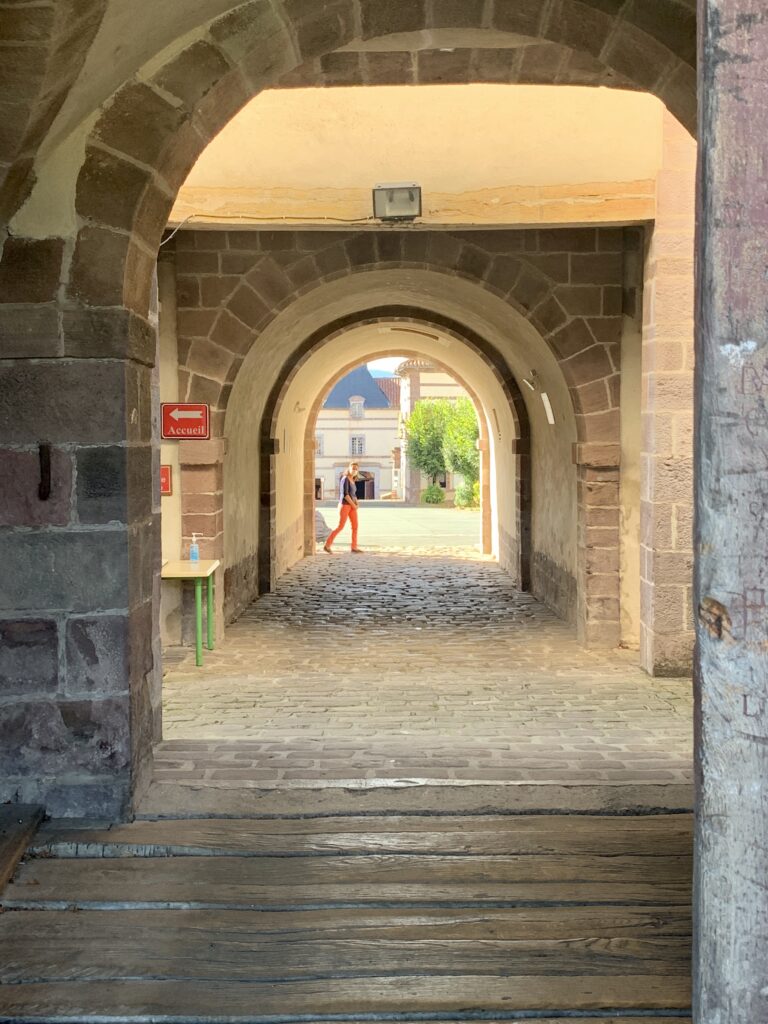
A glimpse inside the Mendiguren 
The Bishop’s Prison – now a Museum
I listened to some of the service and then continued up the hill to the Citadelle de Mendiguren passing the Prison des Eveques (Bishop’s Prison) on the way. The museum was closed at the time but I would be returning to the town in the morning with Vanya.
The Citadelle itself is closed to the public (it is now a school) but it was enough to walk the grounds and take in the views.
We like St Jean Pied de Port so much so we spent almost two full days here and failed to take in other villages in the area that also deserve a visit (e.g. Espelette the home of red hot chillies and Sare and Ainhoa both plus beaux villages de France) but there’s always next year or the year after that. They’ve been here a long time. Vanya wants to get to the coast.
Only downside to SJPP – the awful tourist train and the number of shops selling fridge magnets – Ugh!

